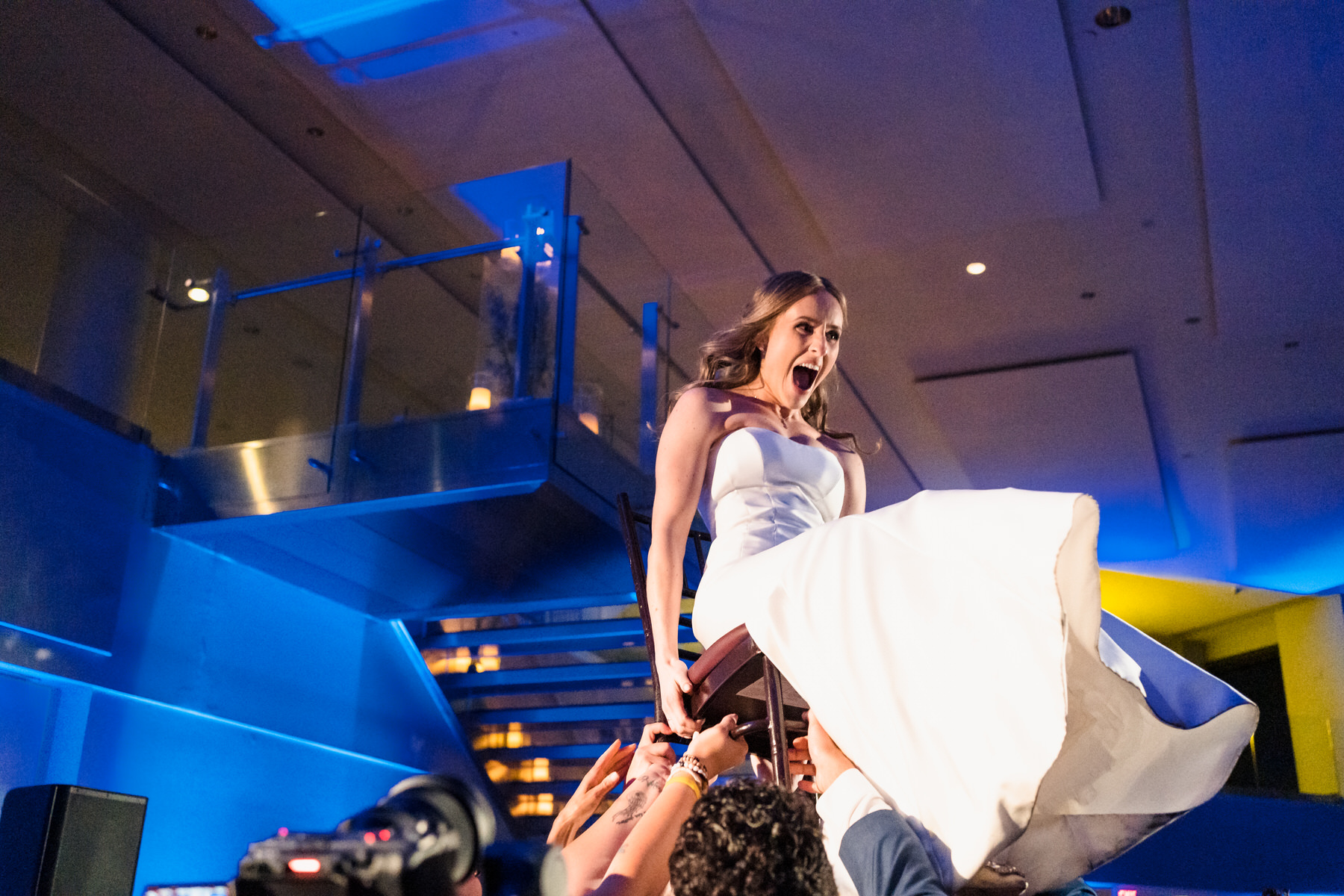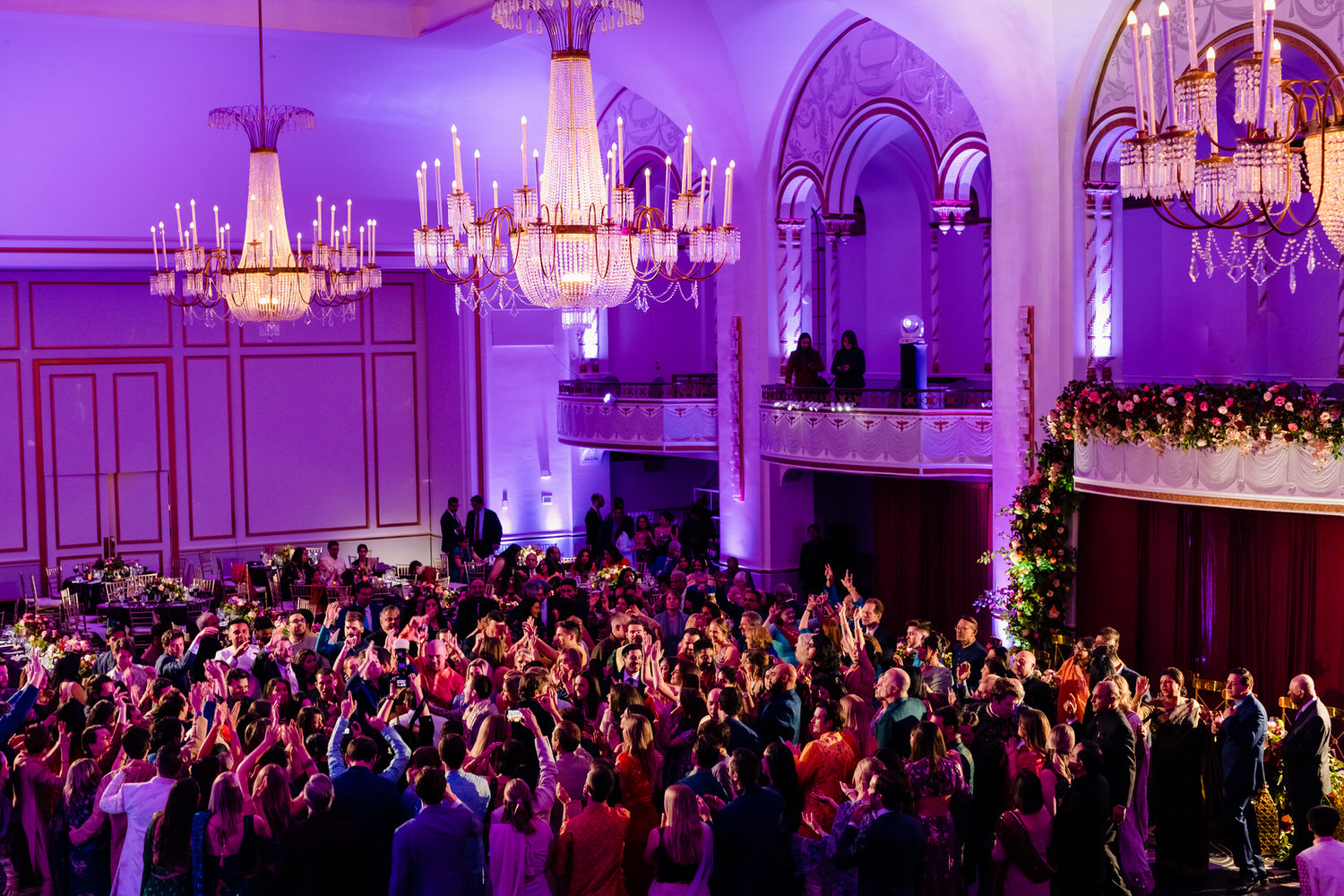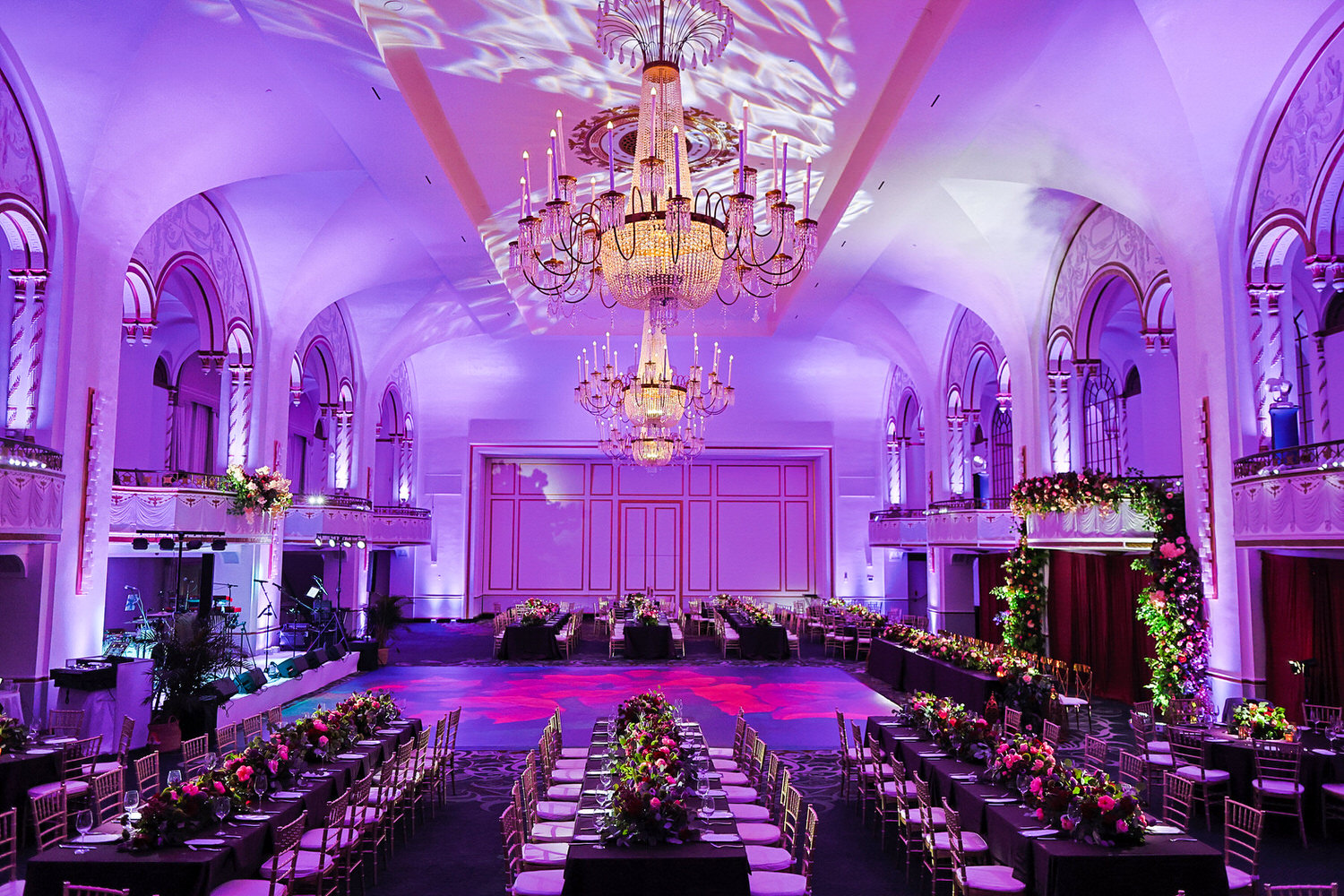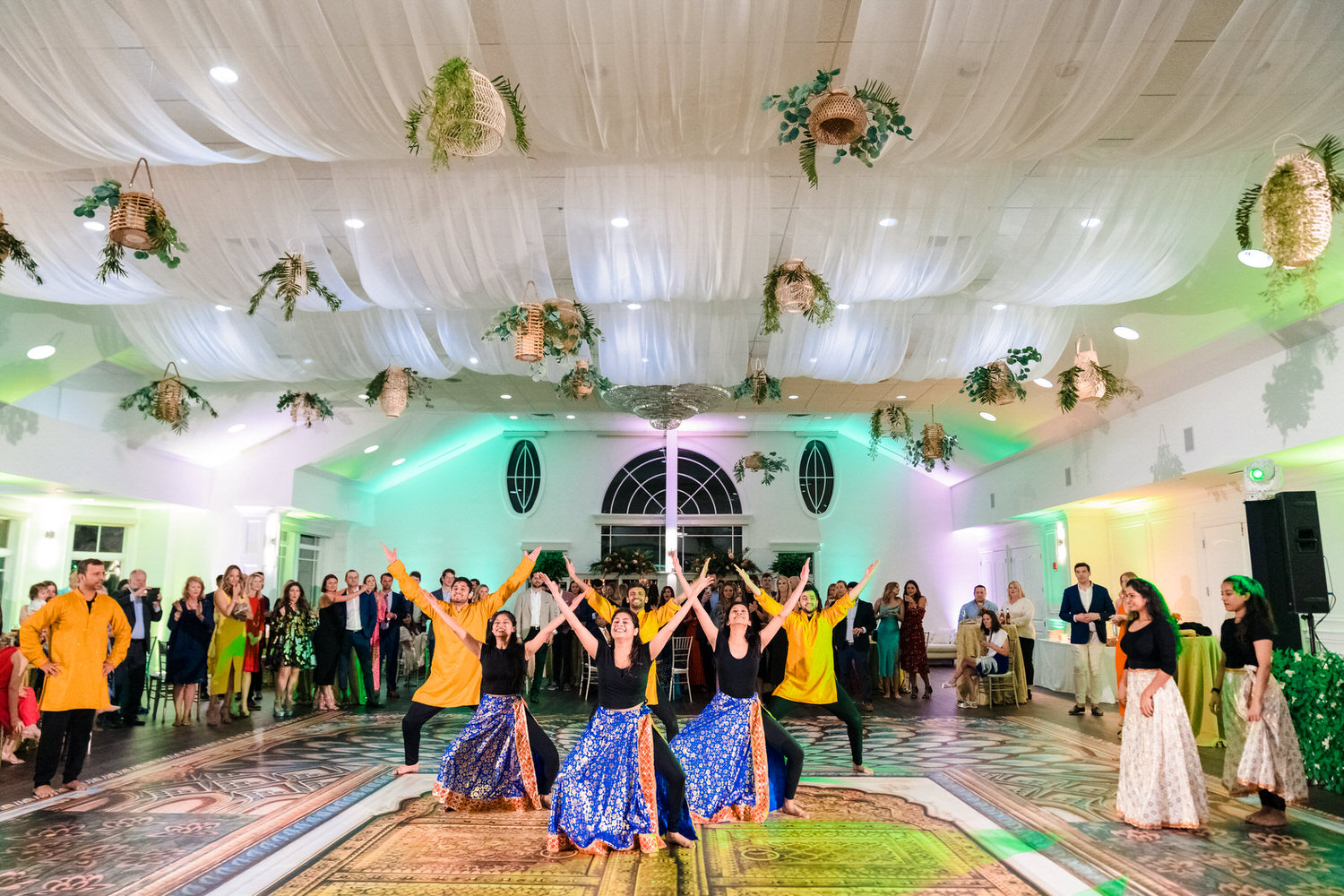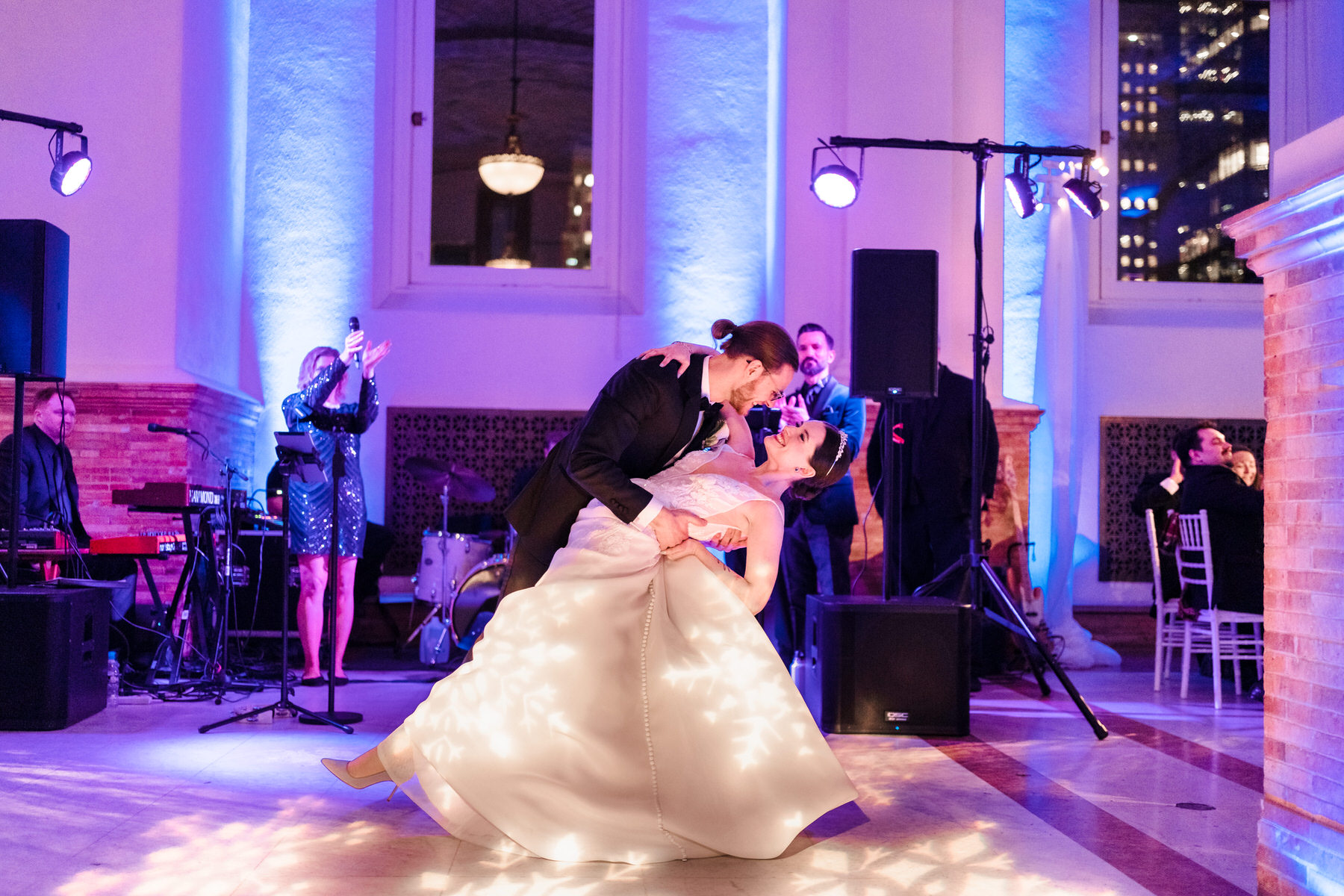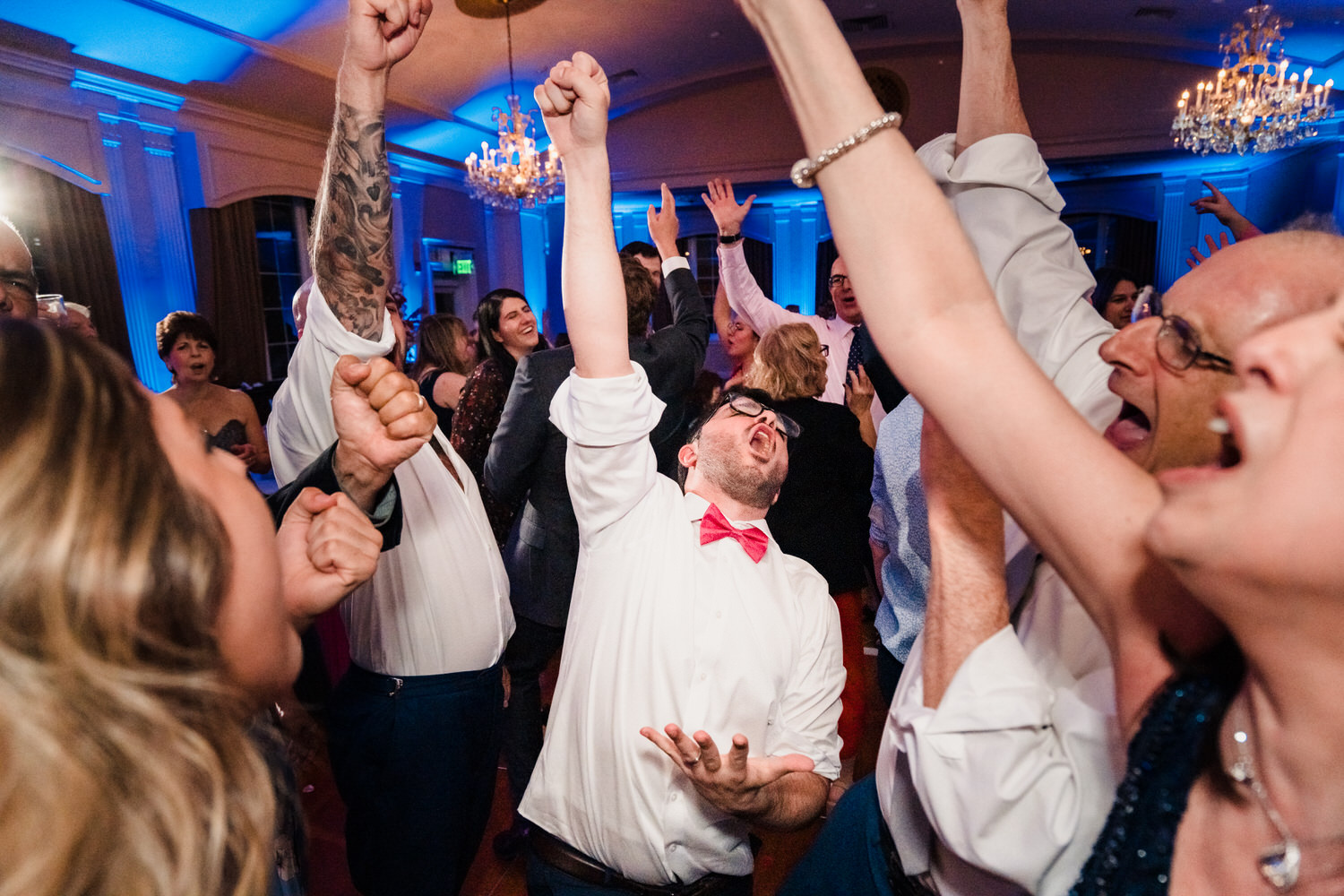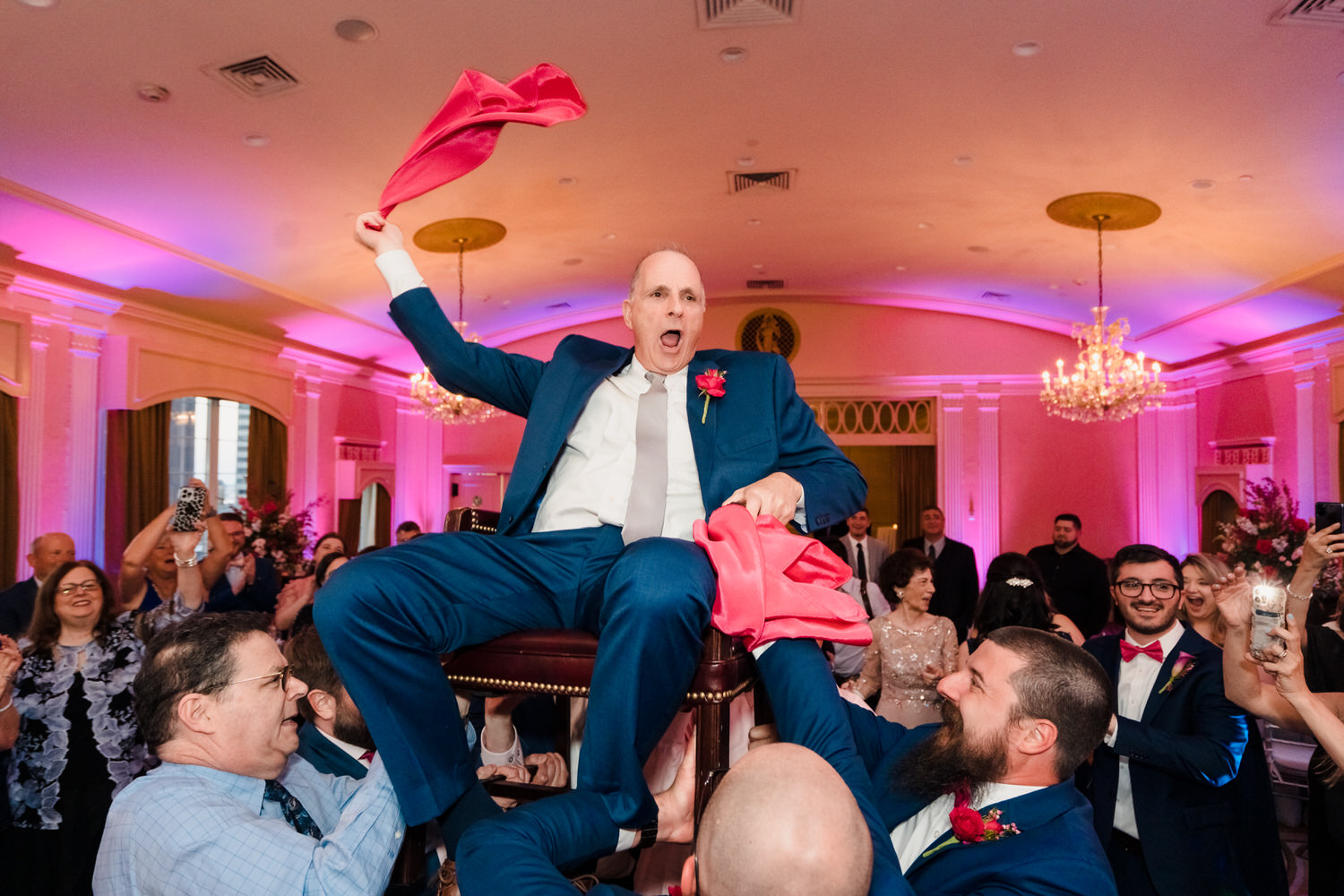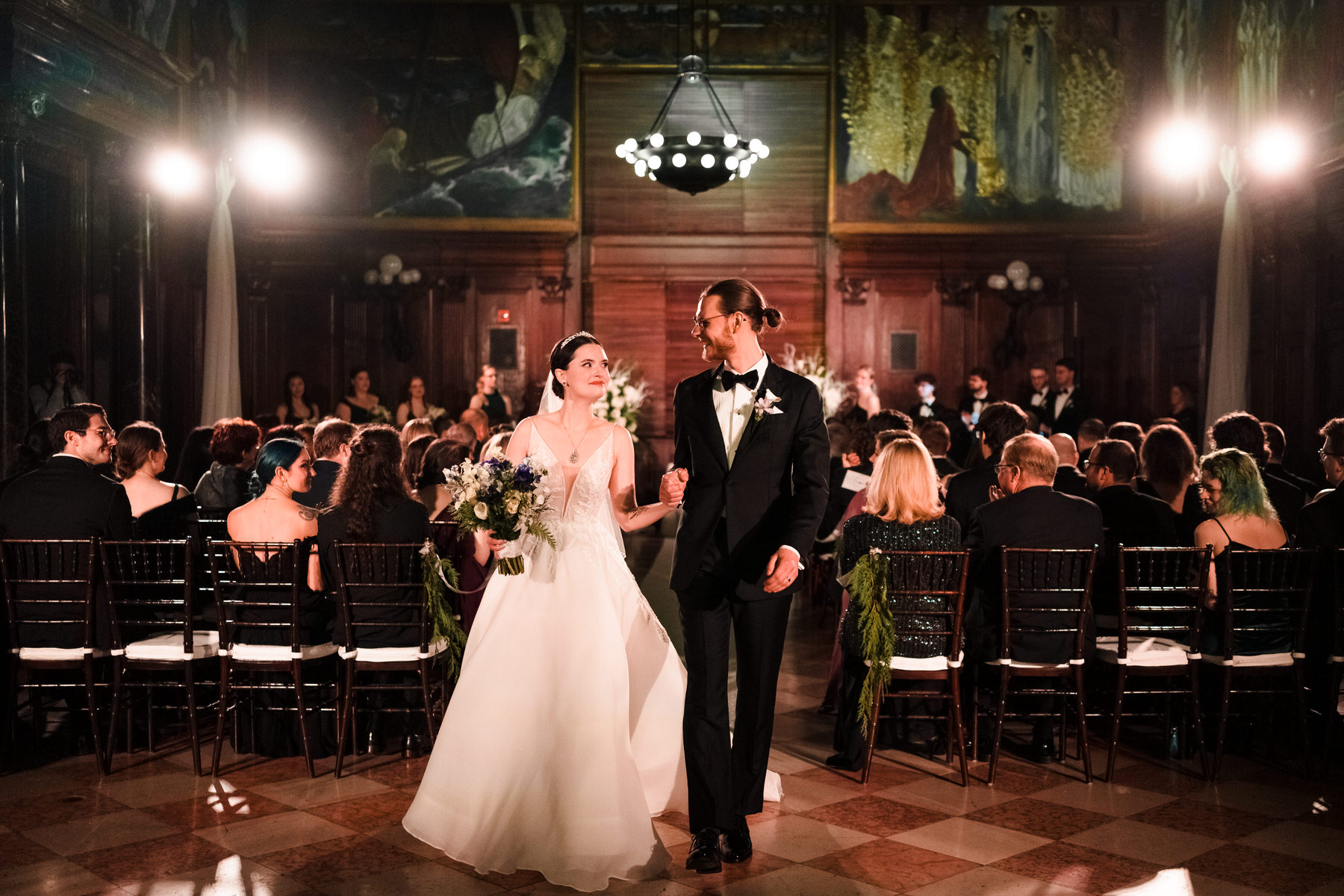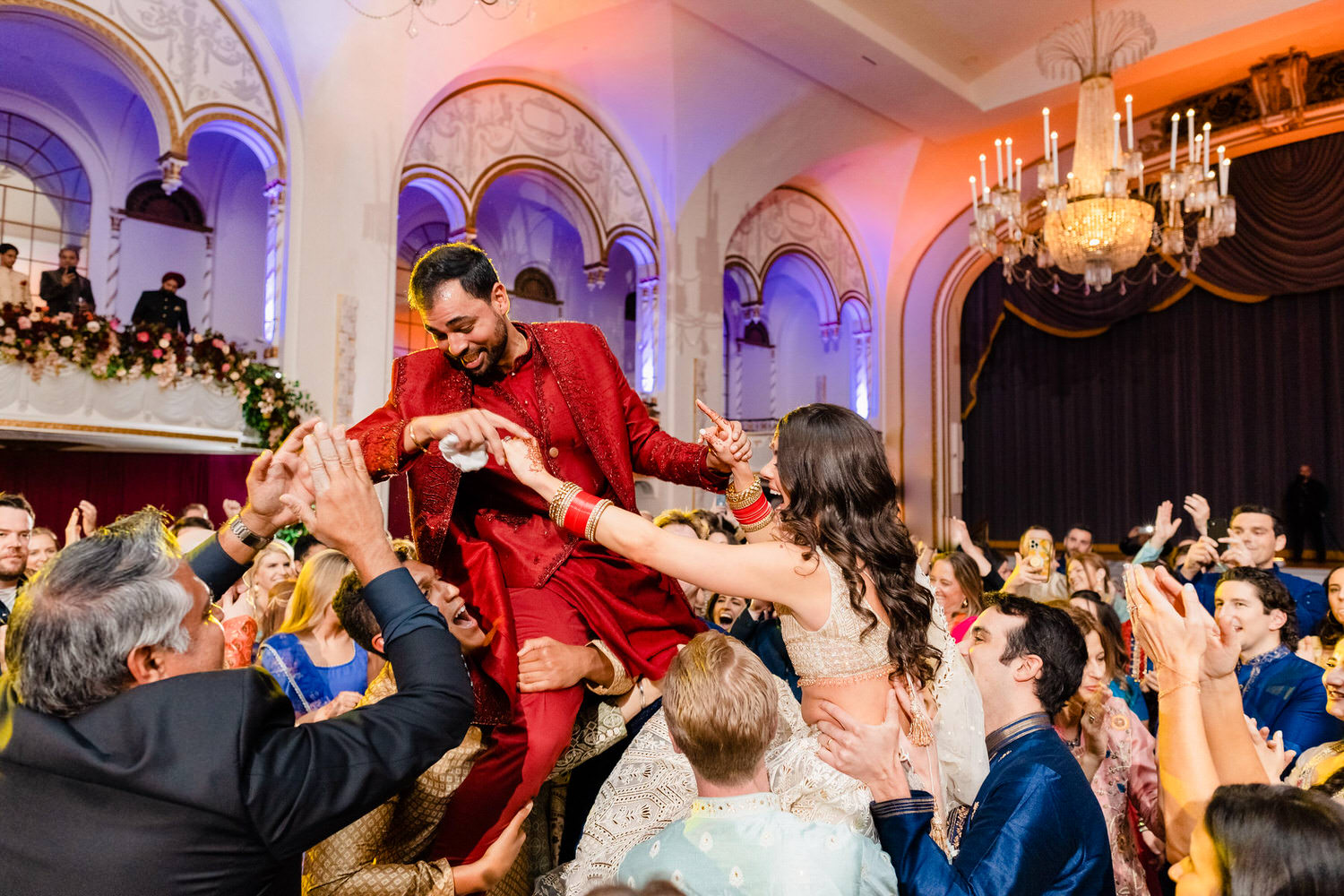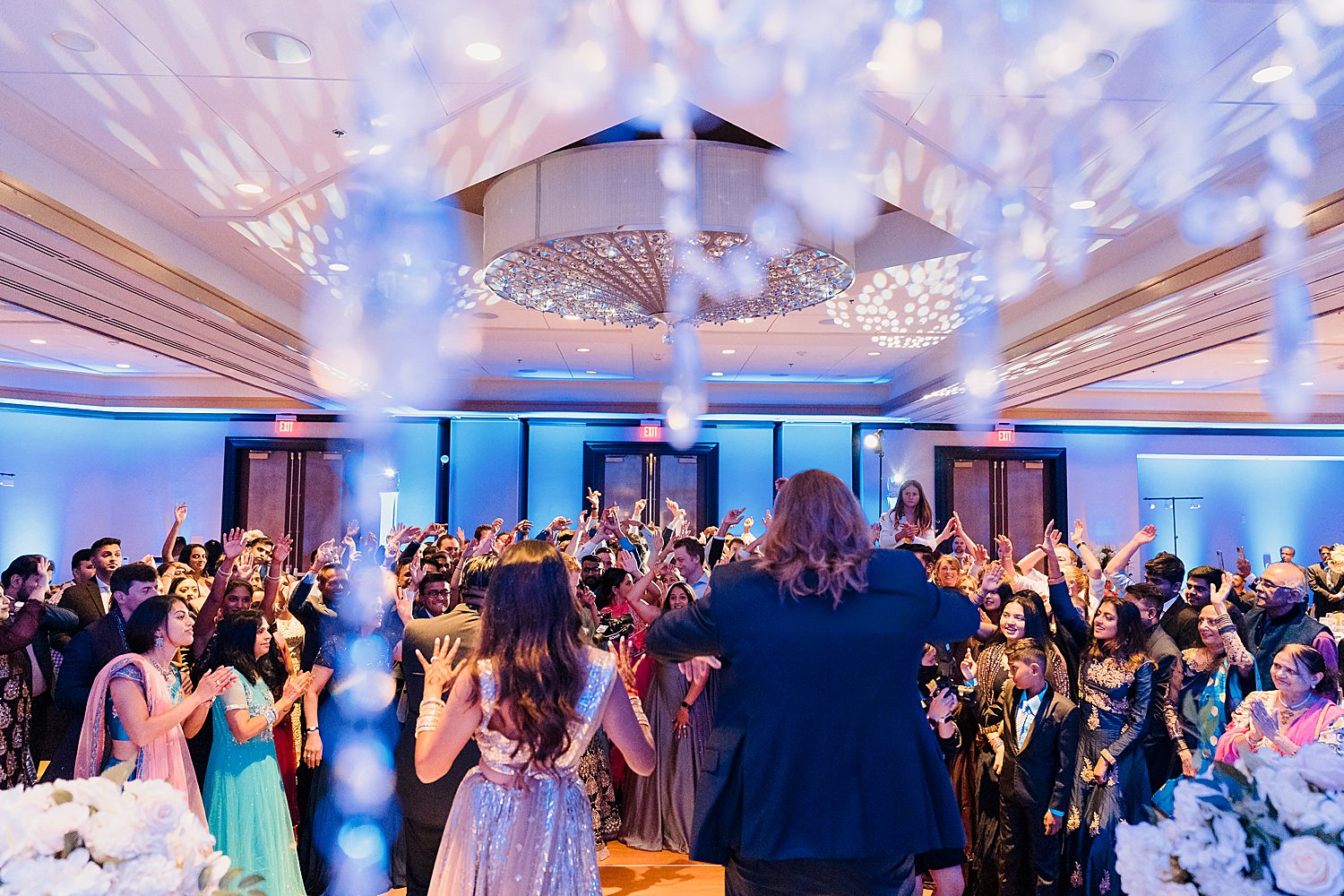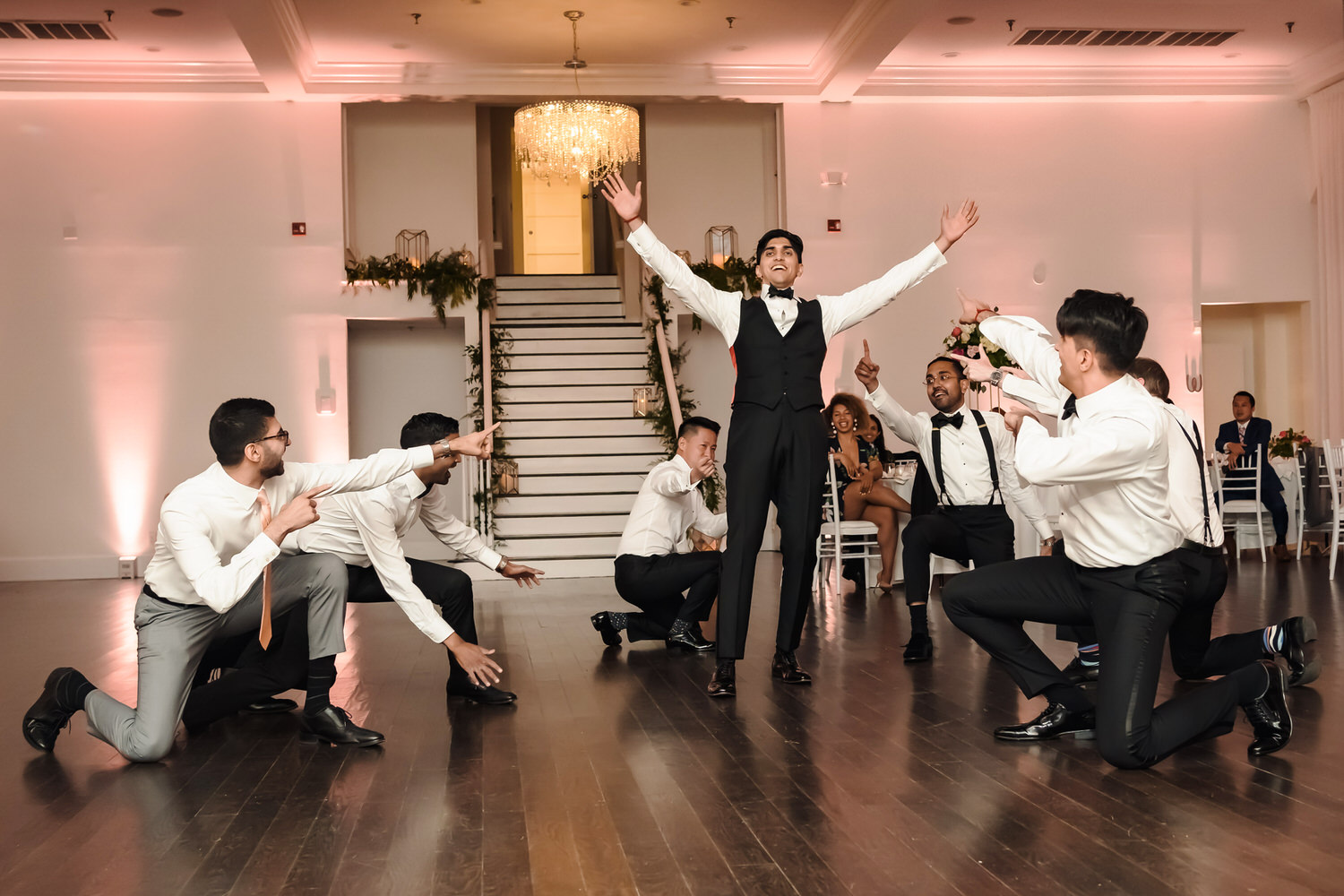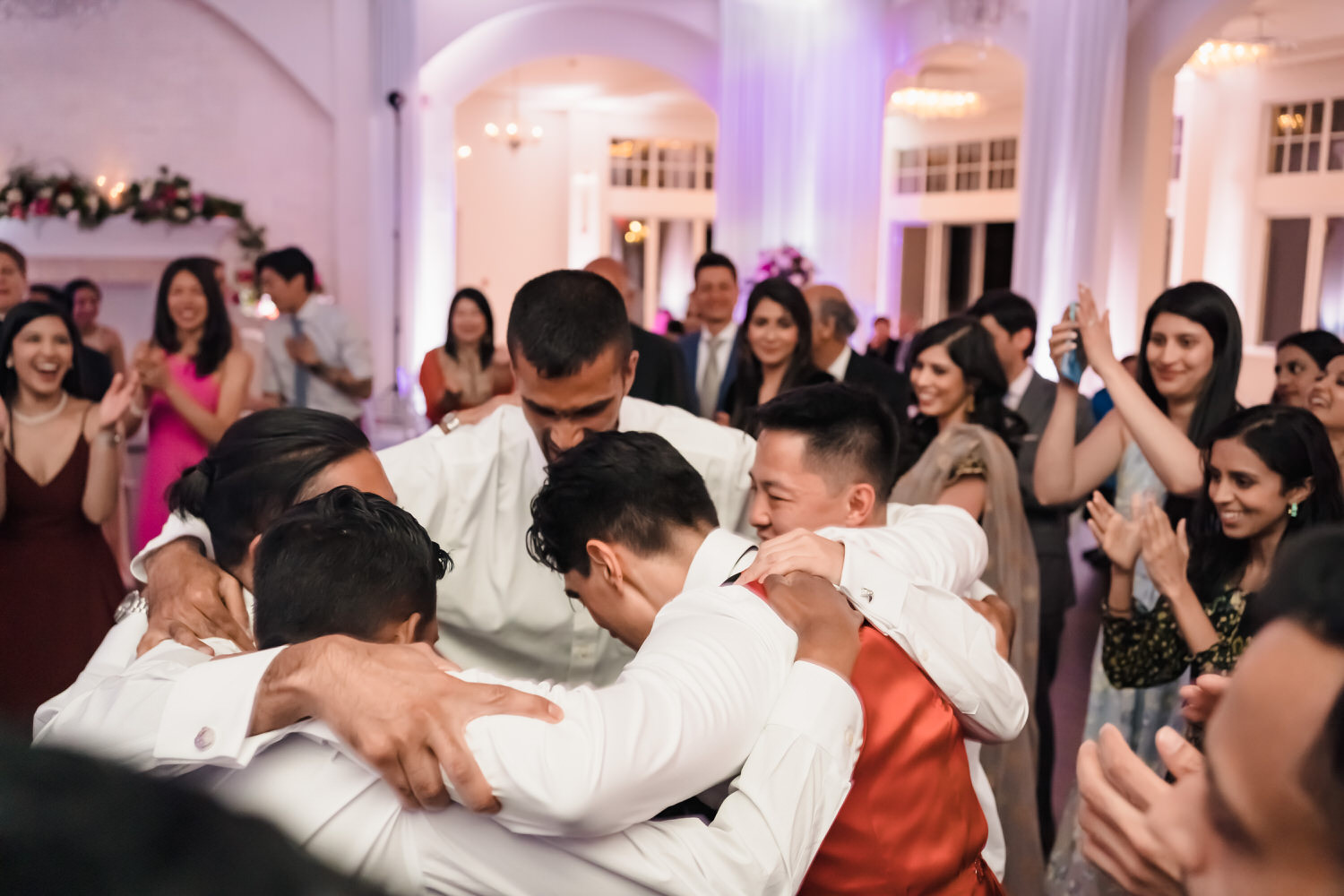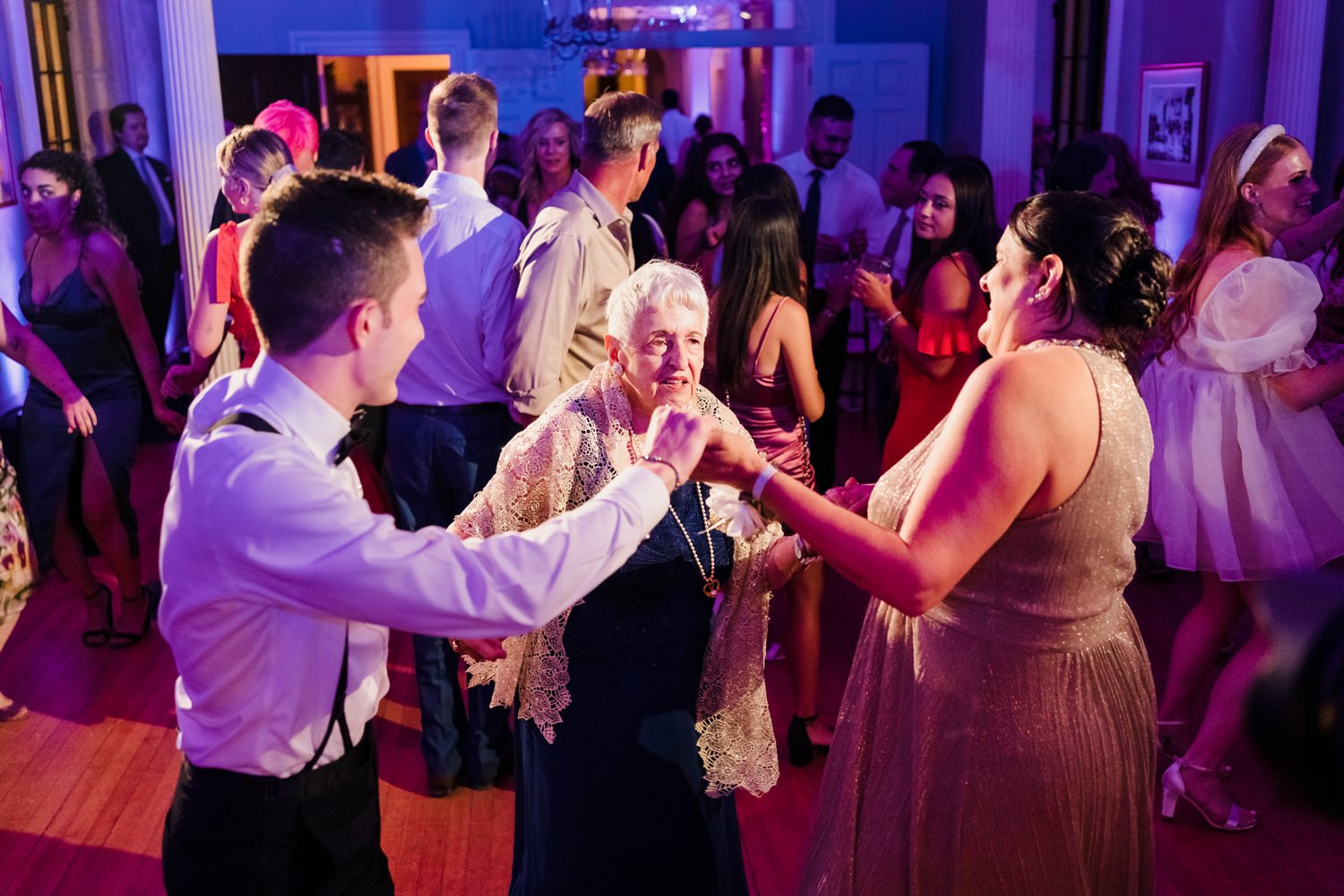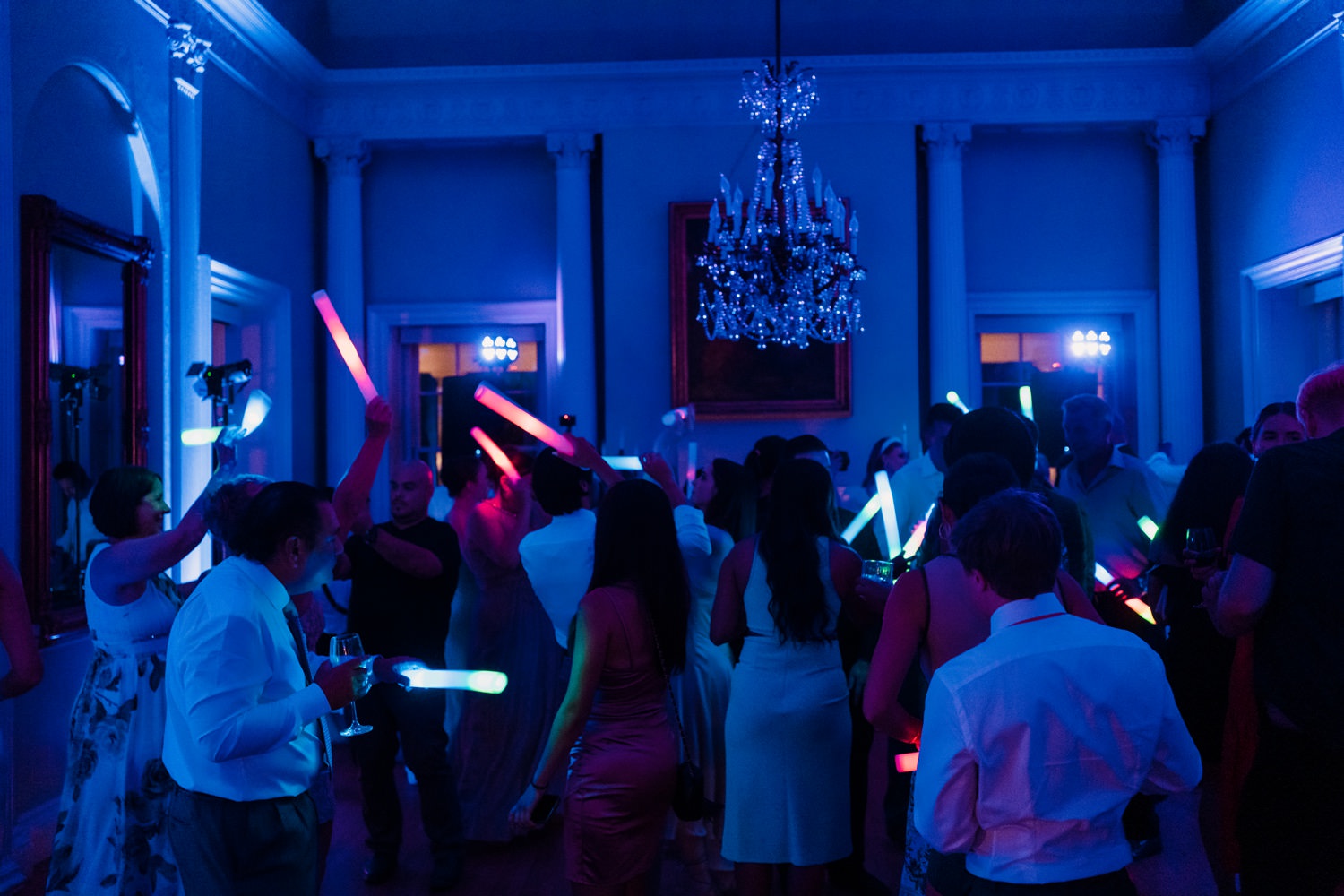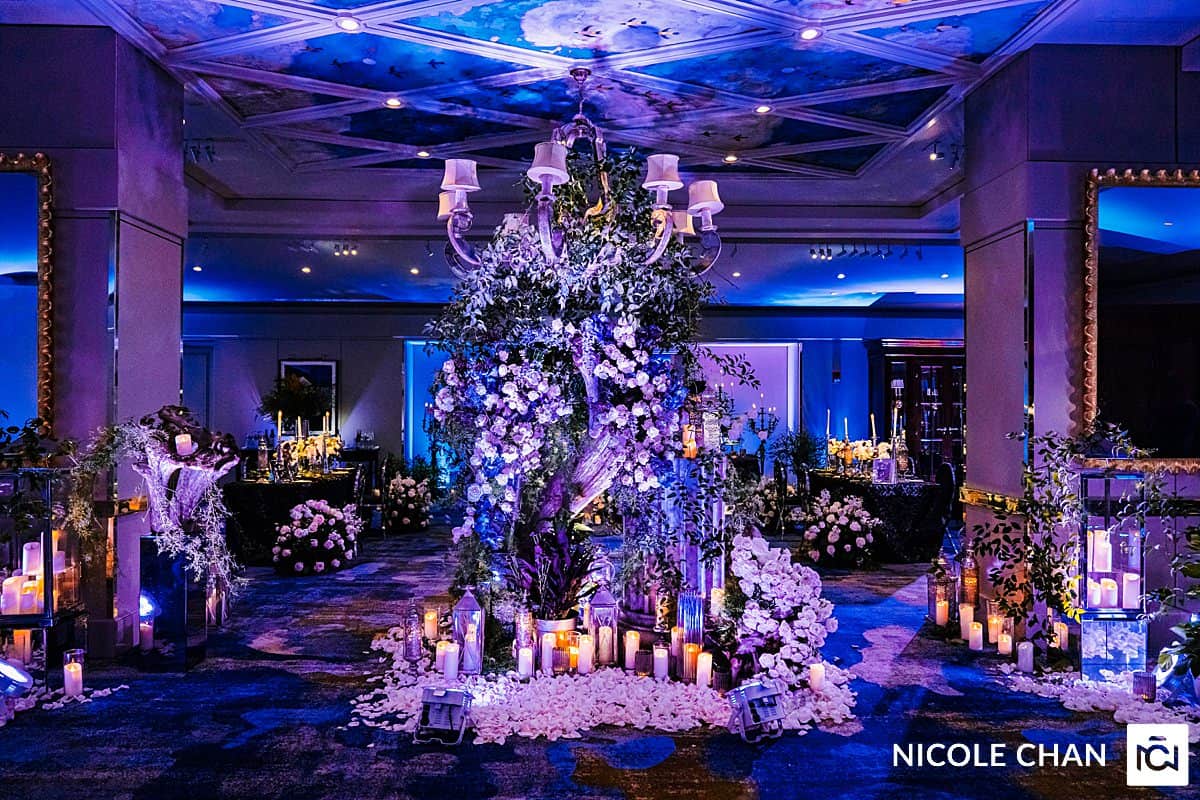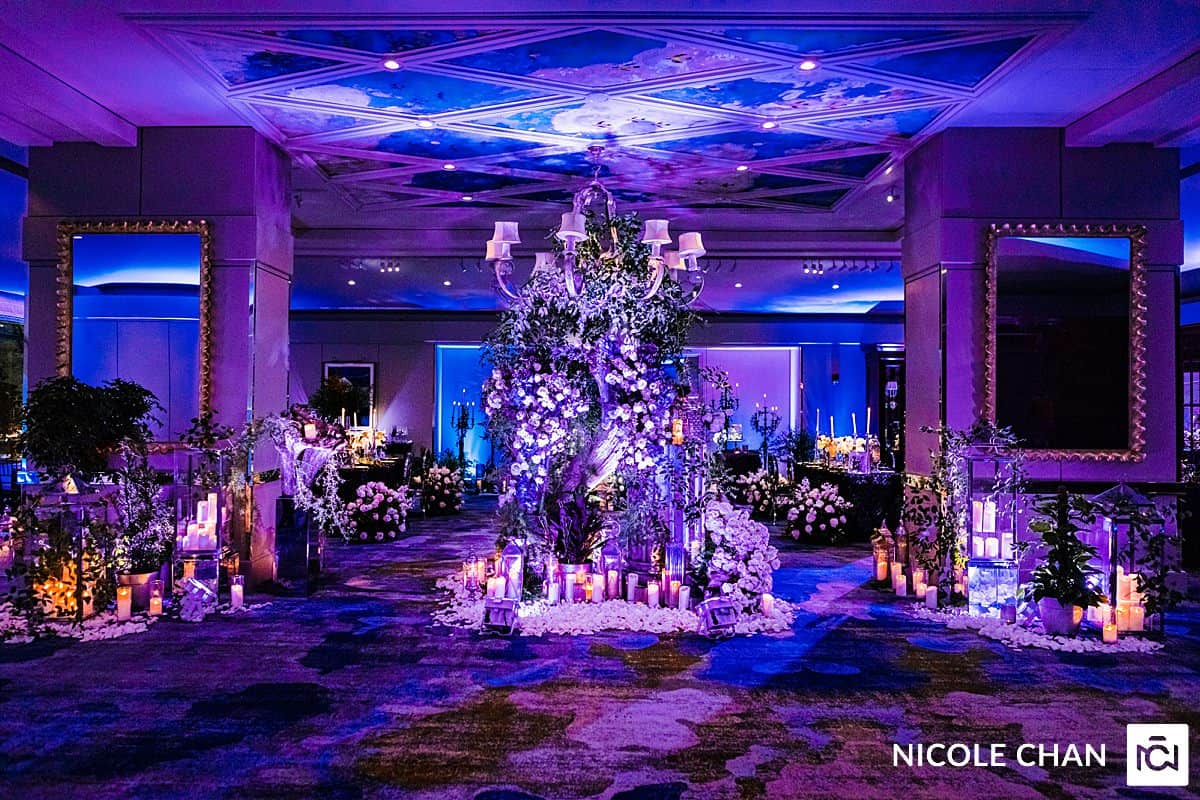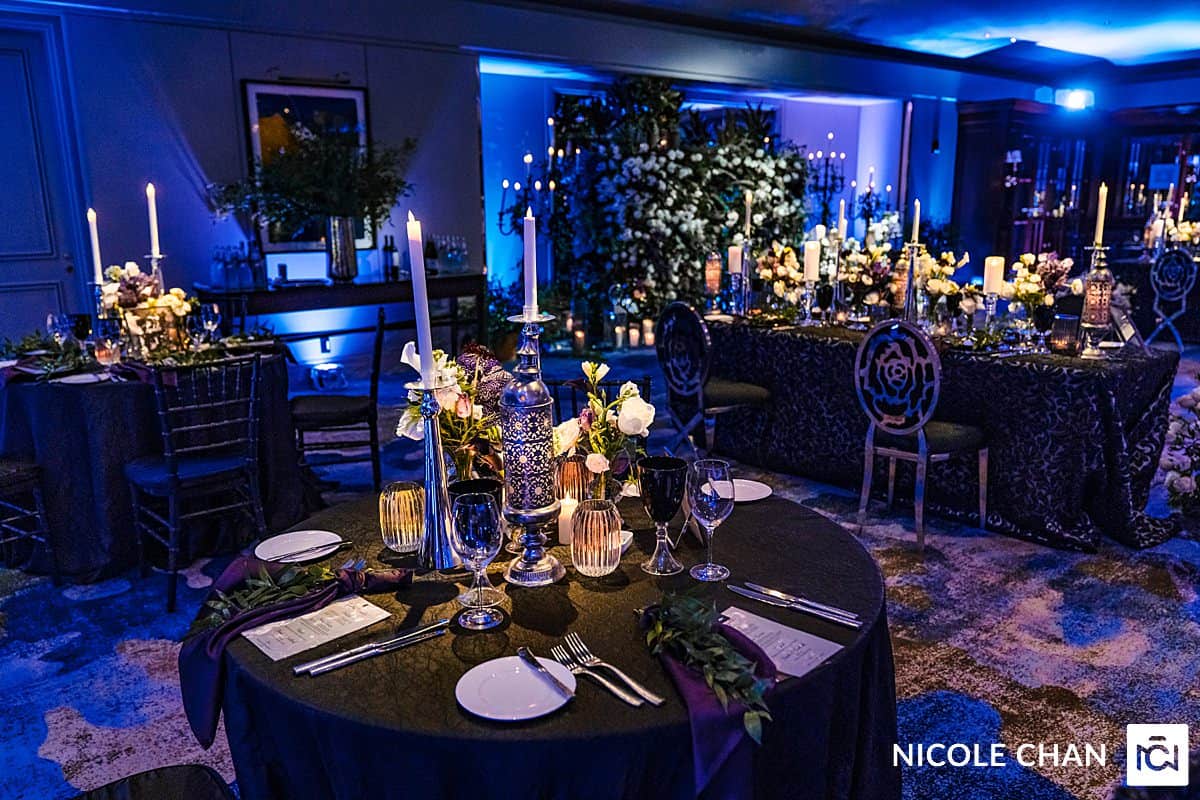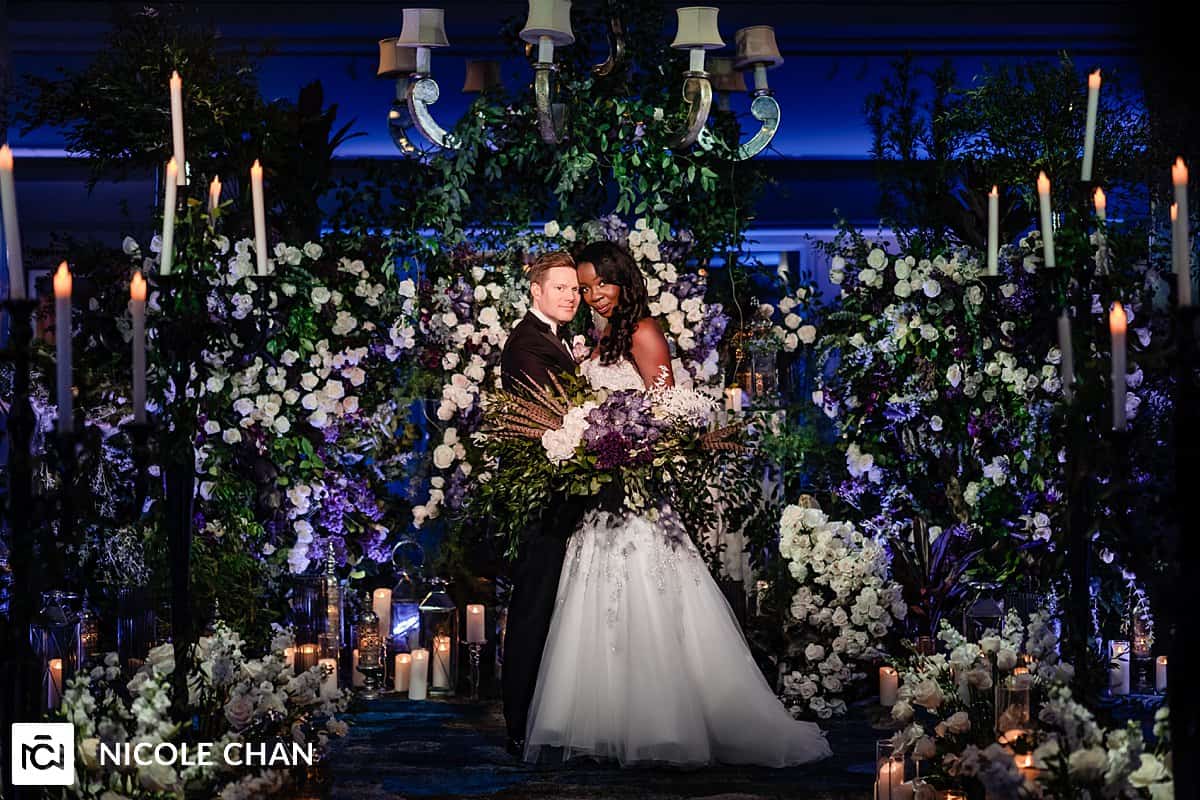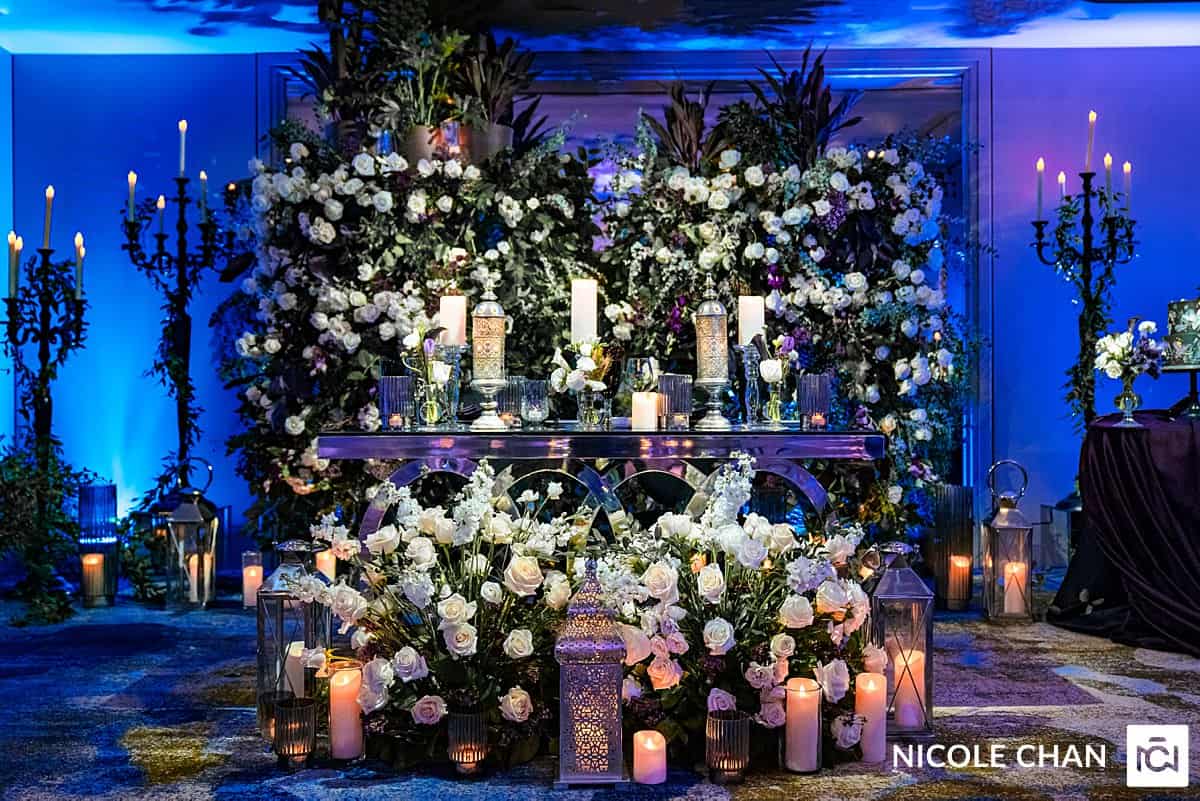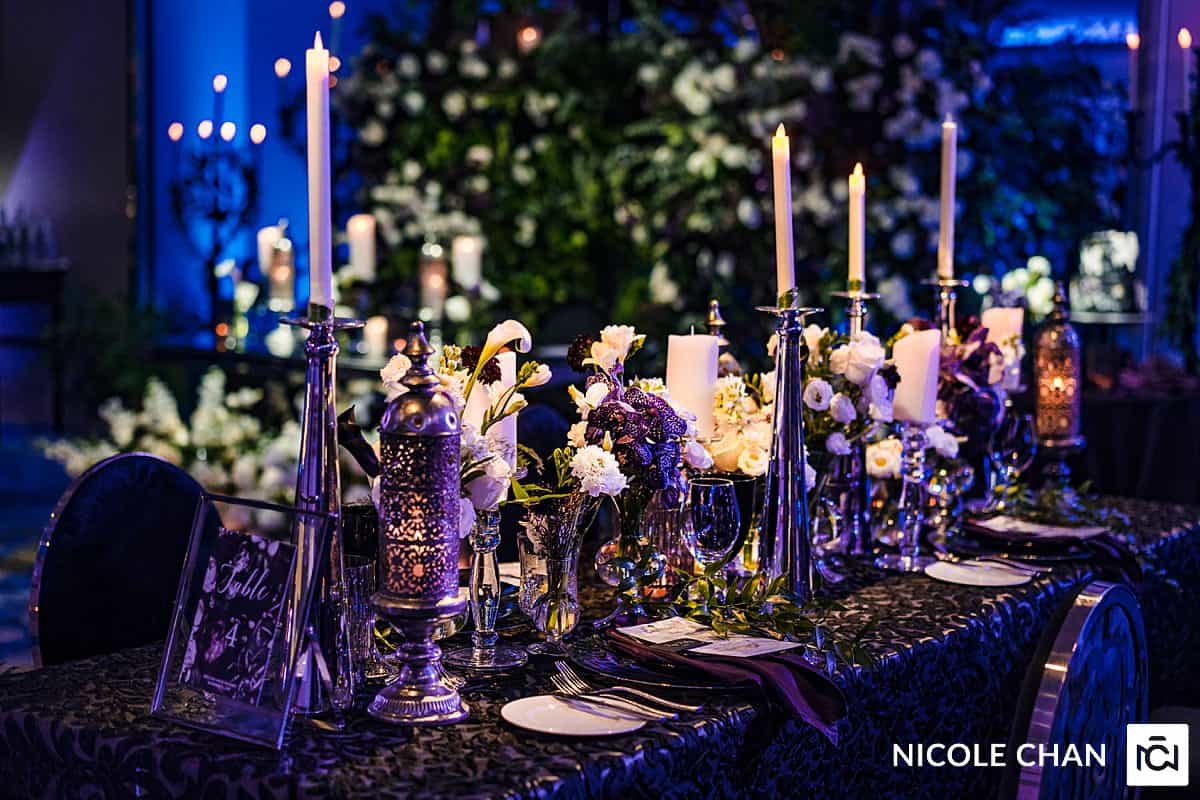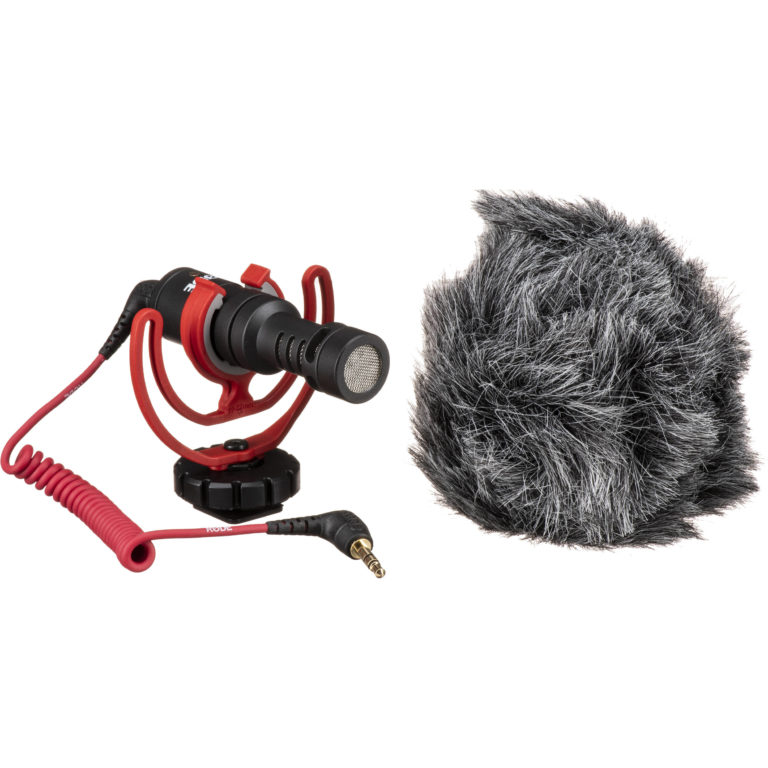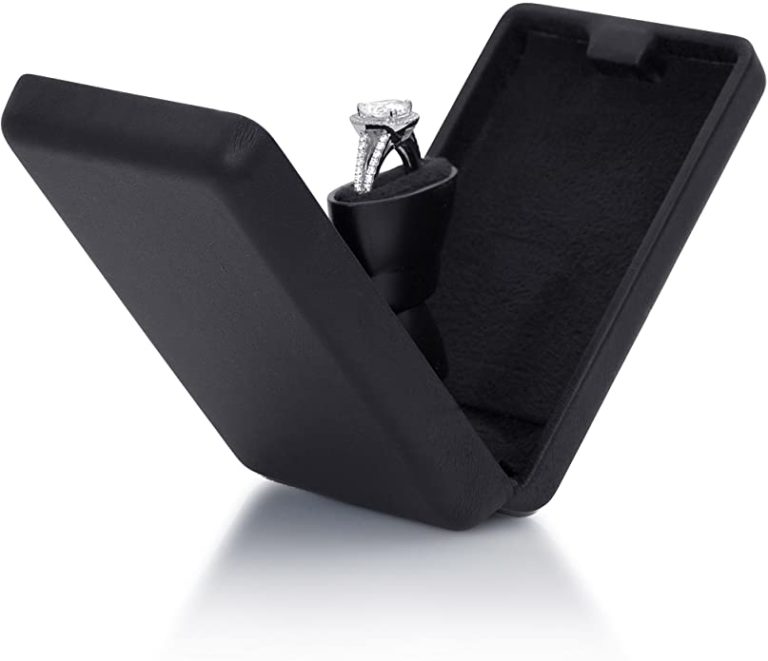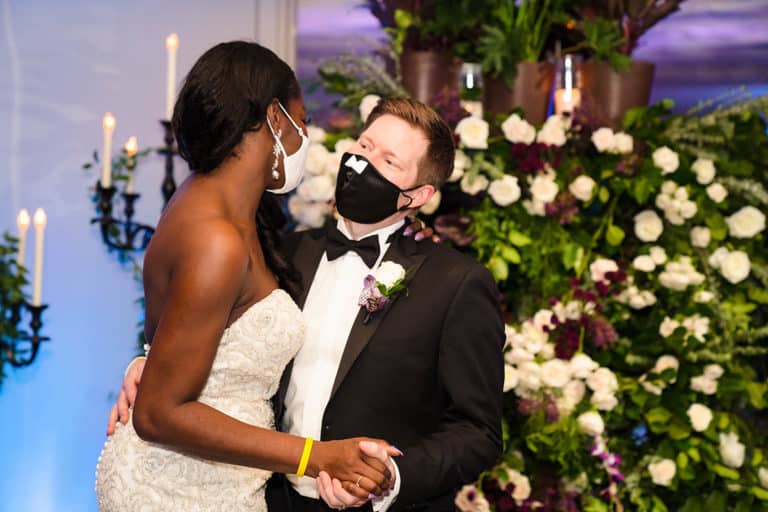Wedding Uplighting: Everything you need to know
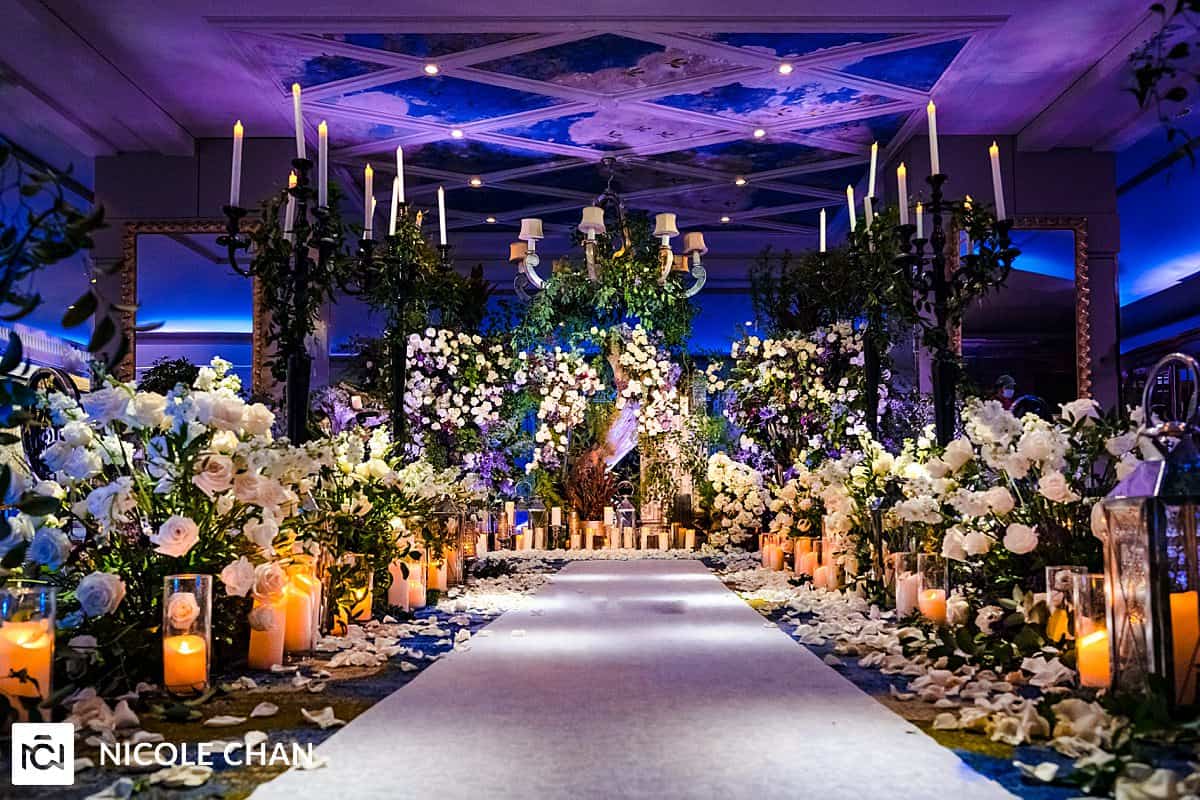
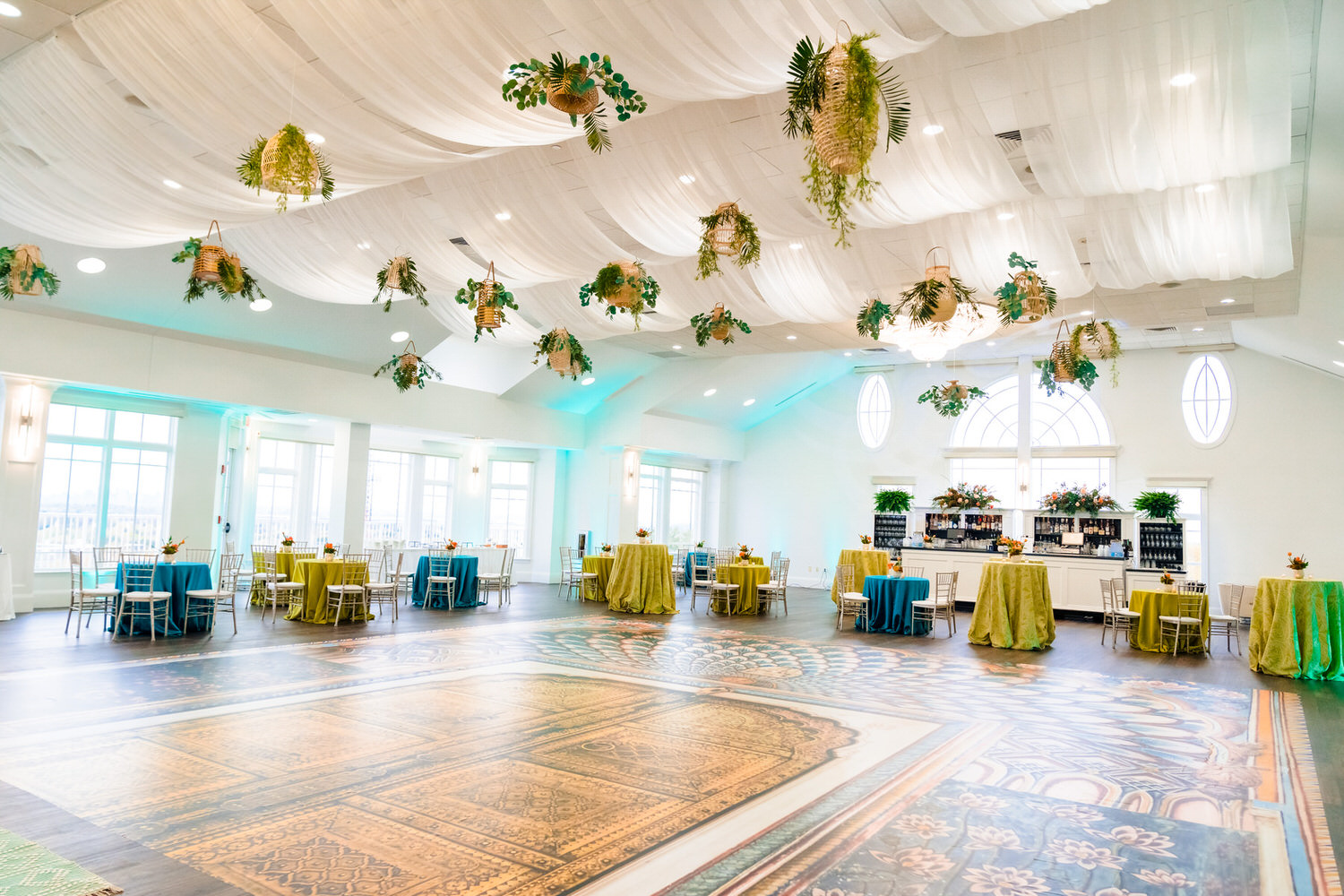
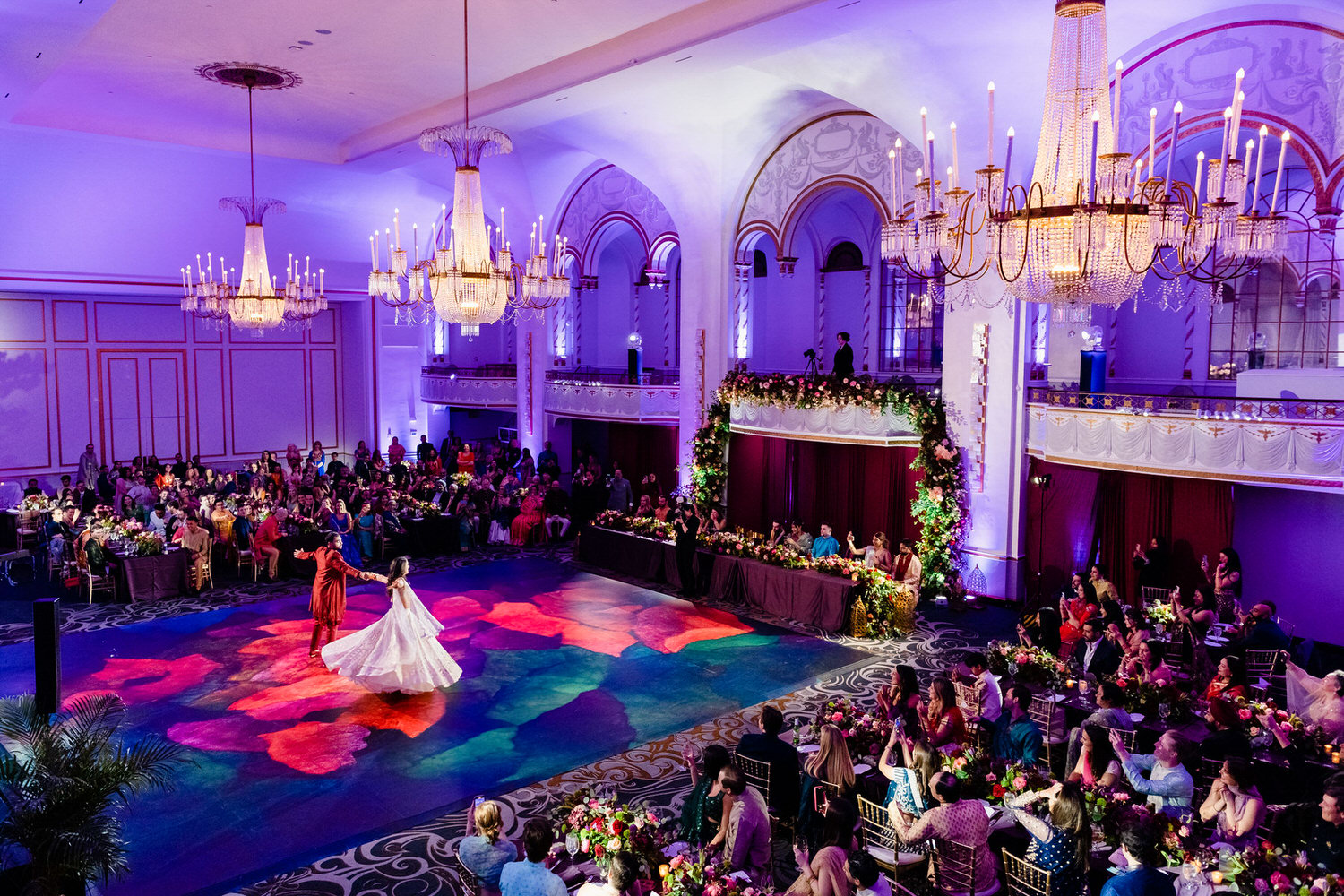
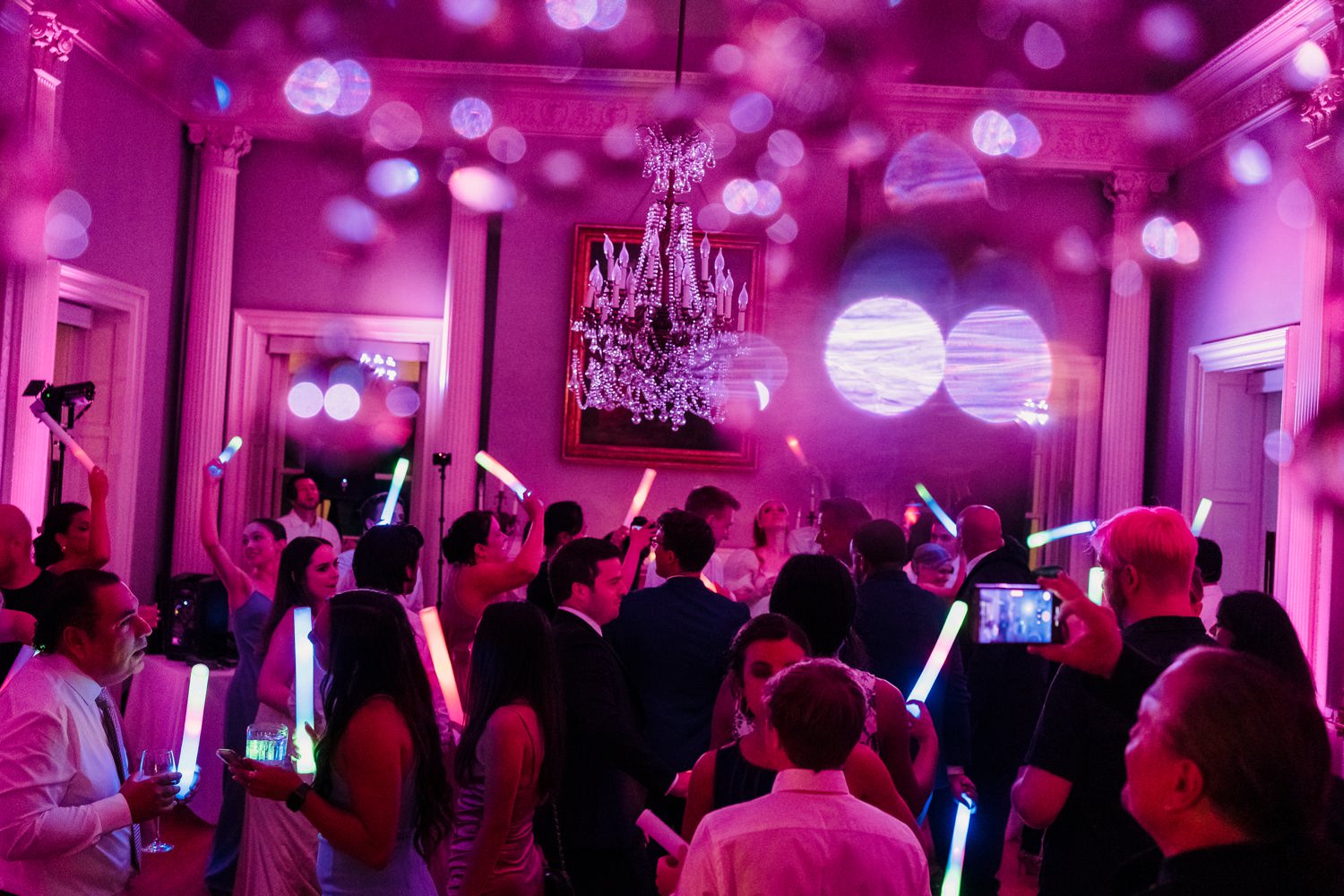
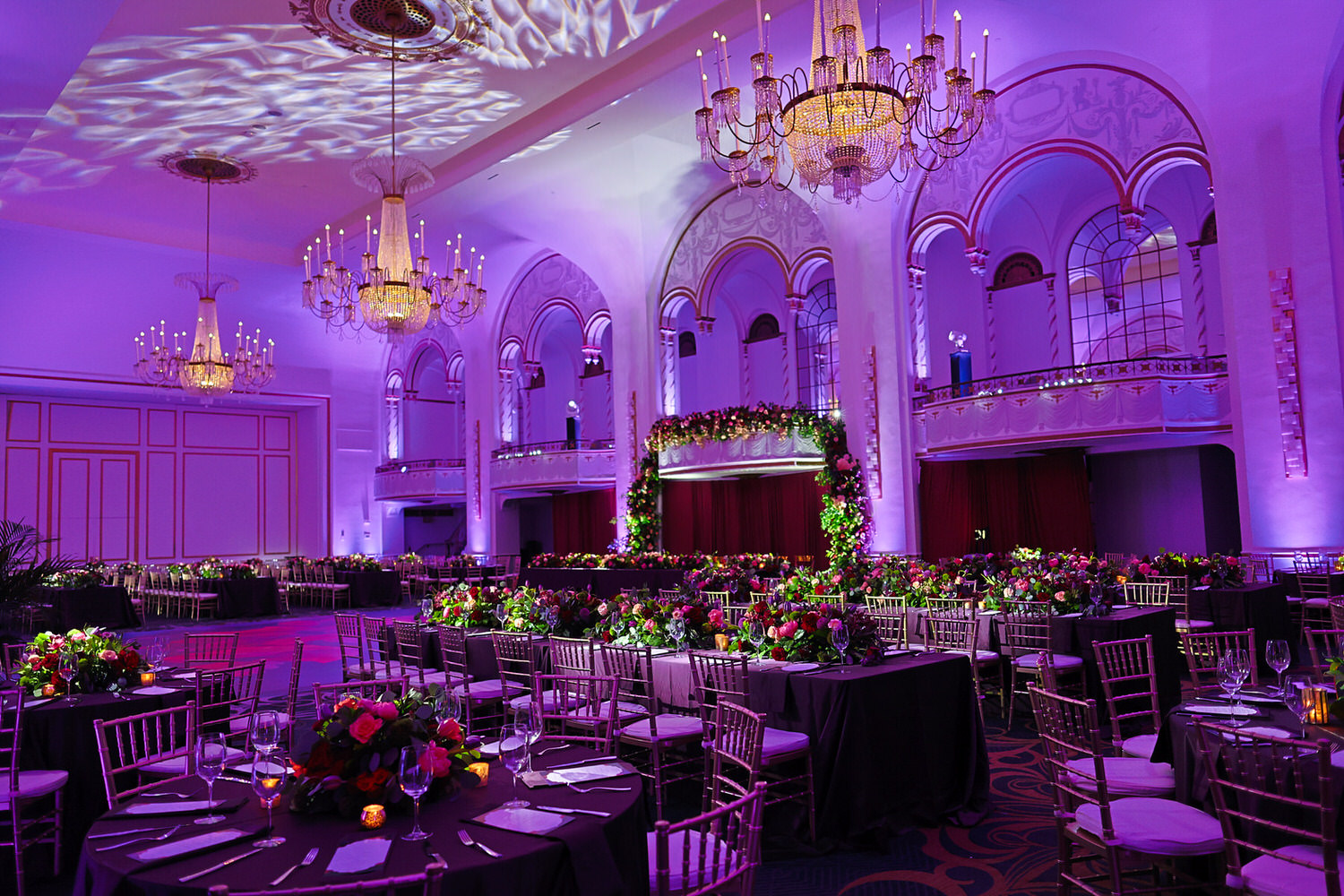
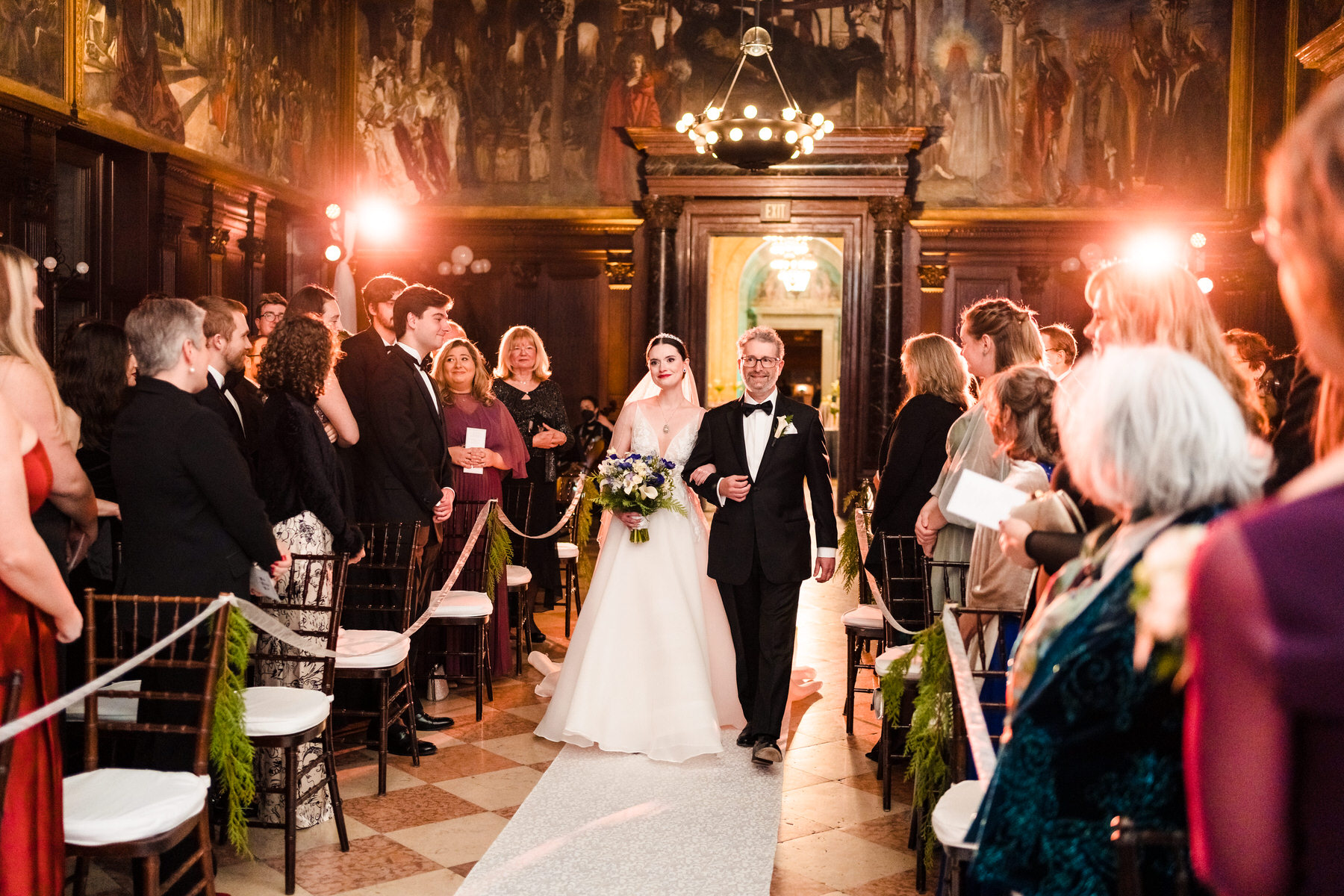
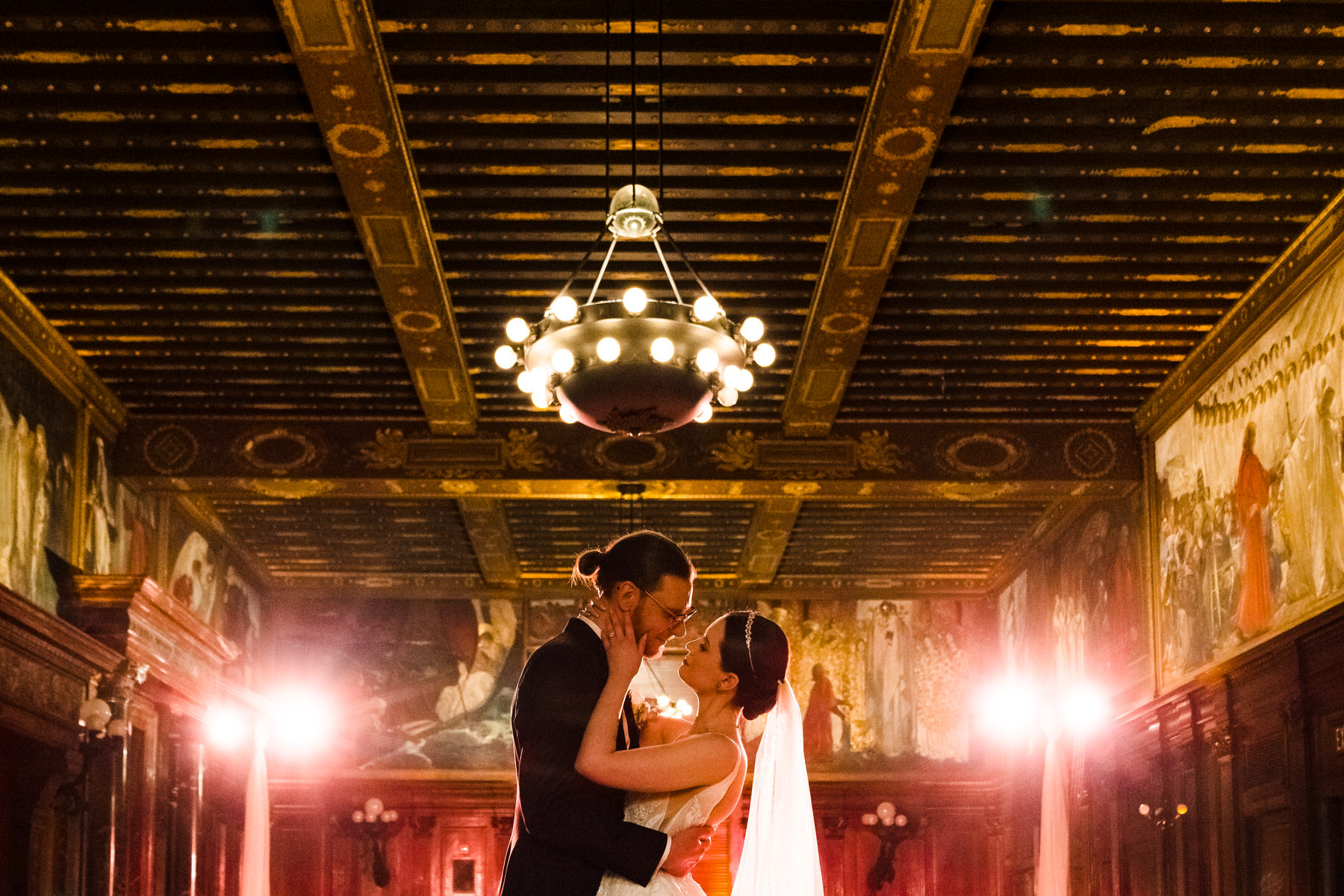
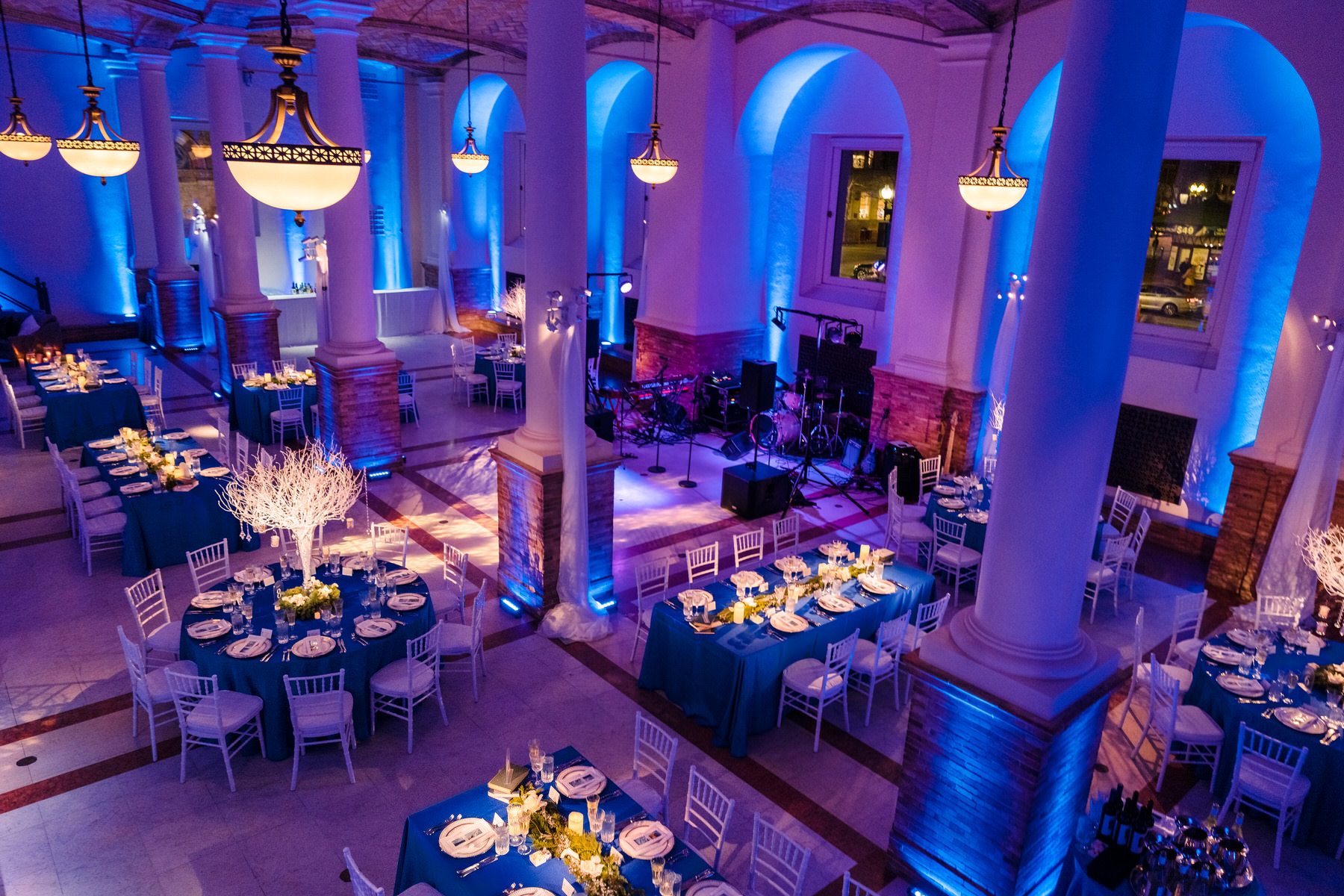
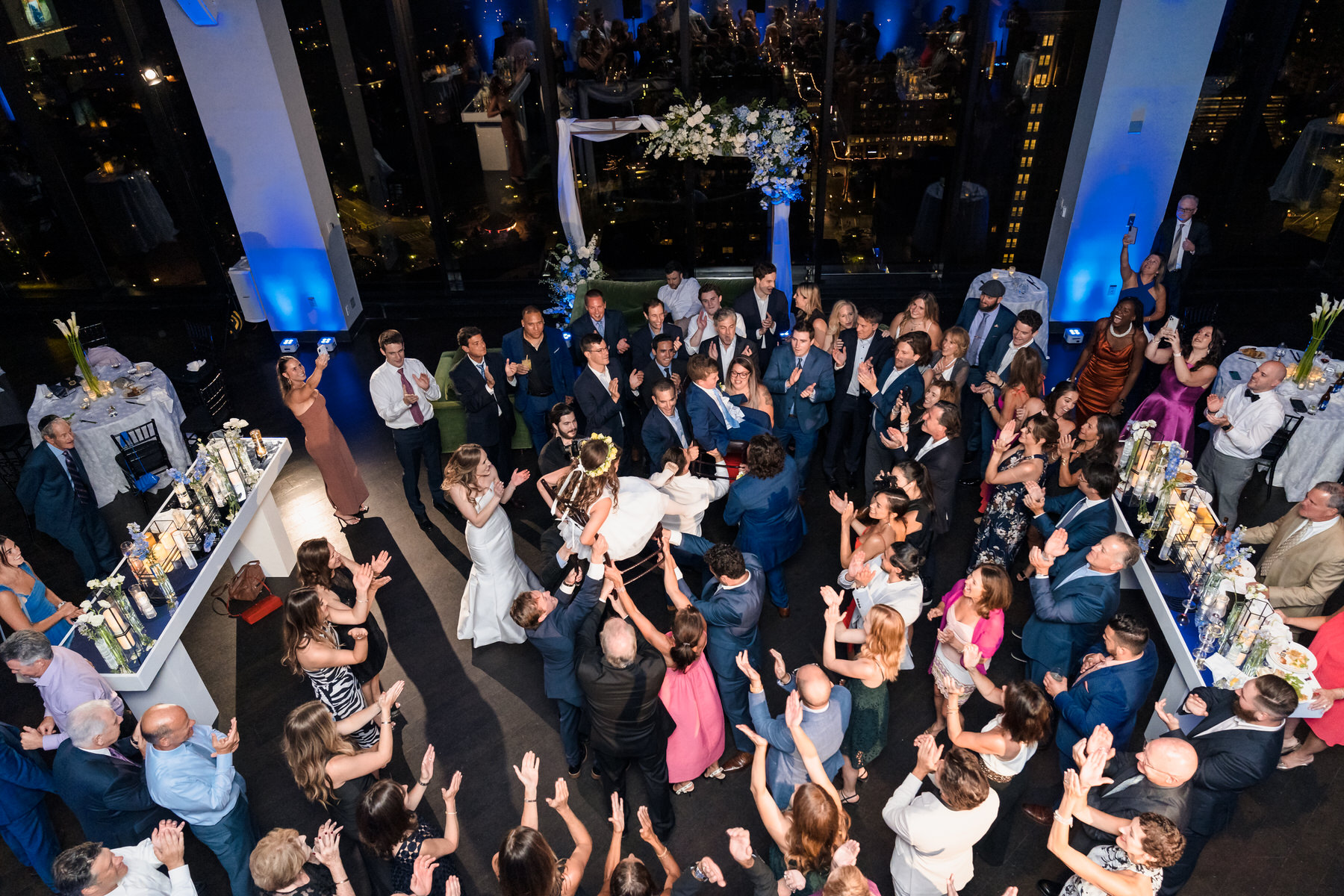
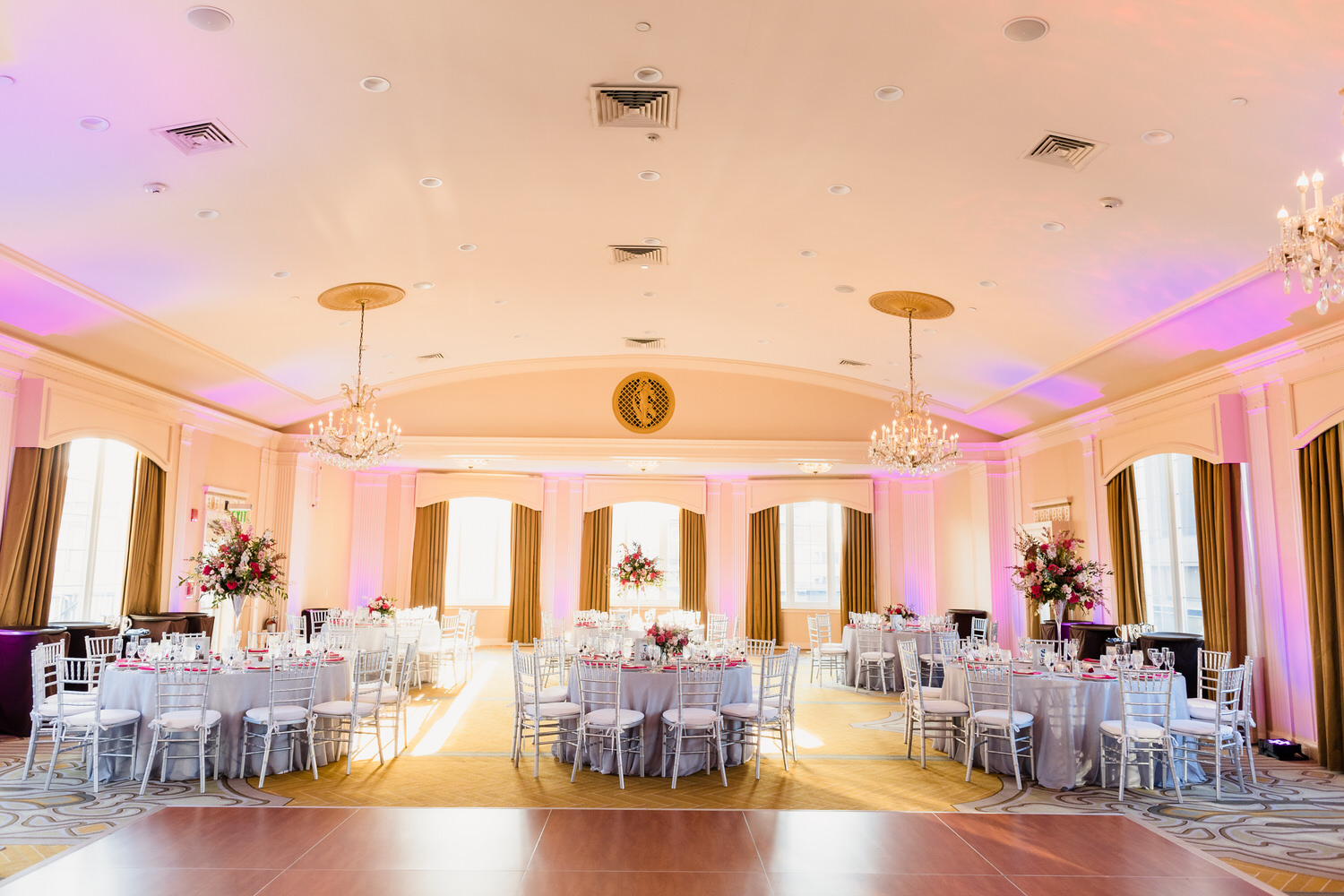
TLDR: Use whatever color you’d like, except for green.
Your’e welcome,
Nicole
🙂
Whether you’re a photography enthusiast or planning a special event, uplighting is a key lighting technique that can transform the ambiance of any space with effortless grace. In this beginner’s guide, we’ll uncover the basics of uplighting, its pros and cons, and how to create a cohesive palette to illuminate your subject or space. Within the realm of this guide, we will delve into the intricacies of uplighting, its merits and drawbacks, and how to harmoniously weave a tapestry of radiance to illuminate your subject or venue. Let’s shed some light on wedding uplighting!
Setting the Stage: Exploring Uplighting
In a nutshell, uplighting is additional lighting positioned below a subject or at a low angle. The upwards direction and intensity of the light source adds interesting shadows and emphasis on texture and form, resulting in a unique and dramatic lighting effect.
Imagine this: soft, elegant beams of light gently caressing the walls, creating an ambiance that feels straight out of a fairy tale. That’s the magic of uplighting! It’s as simple as placing extra lights on the ground and letting them work their charm, highlighting textures and adding a dash of drama that turns your venue into a canvas of wonder.
Wedding: Uplighting Pros and Cons
Uplighting in photography can be a powerful technique, but like any lighting approach, it has its pros and cons. Let’s explore some of them:
PROS
Dramatic Effect
By casting strong shadows and causing emphasis on textures, the light results in a dramatic and visually striking image. With uplighting, this creates more depth and drama. This is especially ideal in bringing out interesting architectural features with your event lighting.
Highlighting Details
Uplighting illuminates intricate details and patterns, making it ideal for photographing subjects with interesting textures, such as architecture, sculptures, or nature elements. It’s like a spotlight for the intricate patterns and designs that deserve their moment in the sun.
Silhouettes and Contours
Uplighting can produce striking silhouettes and highlight the contours of the subject. This is particularly useful when you want to create a strong visual impact or evoke emotions in your viewers.
Backlighting Effect
In some cases, uplighting can act as a form of back light, causing a soft, glowing effect around the edges of the subject. This soft light can add a dreamy or ethereal quality to the photograph.
CONS
Additional Costs
To achieve effective uplighting, you may need to rent or purchase specialized lighting equipment, such as floor lamps, LED lights, or studio lighting.
Time Constraints
Uplighting often involves setting up additional lighting equipment, positioning the lights accurately, and ensuring the desired color scheme is achieved. This setup process can be time-consuming, particularly if you’re working with a limited timeframe. So if you’re on a tight schedule, make sure to plan accordingly.
Requires Electric Outlets
Uplighting typically involves the use of electric-powered lighting fixtures, and as such, requires a nearby power source to function effectively. This reliance on electrical outlets can present challenges in certain situations such as limited outlets, outdoor events and venue constraints. Outdoor events or quirky venues might pose a challenge, but where there’s a will, there’s a way!
Choosing the Right Colors for Uplighting
Colors are an essential element of uplighting, and selecting the right hues can make or break the visual impact of your photographs or events. In this section, we’ll guide you through the art of color selection, offering tips on using warm tones for a cozy atmosphere, cool tones for a tranquil vibe, and vibrant colors for added excitement. Learn how to strike the perfect balance and create a harmonious palette that complements your subject or event theme.
Colors to Use for Uplighting
Warm Tones
Warm colors like red, orange, and yellow can create a cozy and inviting atmosphere. A warm, soft light can evoke a sense of passion, making them suitable for an intimate or energetic ambiance. Perfect for setting the mood for love and laughter.
Vibrant Colors
Bold and vibrant colors, such as magenta, purple, or electric blue, can create a sense of excitement, intensity and energy. Cool colors such as blue and green can produce a sense of tranquility or mystery. They can add a dynamic and attention-grabbing element to your photographs, perfect for producing a vivid and impactful composition.
Colors to Avoid for Uplighting
Clashing Combinations
Avoid using colors that clash or create an unpleasant visual effect when combined. For example, mixing two shades of red and green may lead to a jarring result, as they are complementary colors that can compete for attention. Take note of how uplighting would interact with the key light and the three point lighting setup.
Color Overload
While vibrant colors can be effective, using too many different colors simultaneously can produce a chaotic appearance. It’s best to use a limited color palette to maintain a cohesive and visually pleasing image.
It’s important to note that the choice of colors ultimately depends on your creative vision and the specific subject or scene you’re photographing. It’s key to experiment, trust your artistic instincts, and adjust the colors based on the mood and impact you want to achieve in your photographs.
How Much Does Uplighting Cost?
The cost of uplighting can vary depending on various factors, including the location, event type, number of lights required, rental duration, and the specific vendor or service provider you choose.
Number of Lights
The more lights you need, the higher the cost will be. A larger wedding venue or event may require more light sources to adequately cover the space.
Rental Duration
Some vendors charge based on the duration of the rental. Longer rental periods will naturally be more expensive.
Event Type
The type of event can also impact the cost. For example, weddings or high-profile corporate events may have different pricing compared to smaller gatherings or private parties.
Customization
Depending on specific color customization, advanced lighting control or lamp type, there may be additional charges. For example, some lights can be remote controlled and can change color and intensity at a touch of a button.
Quality of Lighting Fixtures
Higher quality and more advanced lighting fixtures may come with a higher rental cost.
Service and Setup
Some vendors may include setup, delivery, and other services in their package, while others may charge extra for these services.
Keep in mind that some venues may offer uplighting packages as part of their event packages, so it’s worth checking with the venue first to see if this option is available. Additionally, if you’re on a tight budget, you may consider DIY uplighting options using affordable LED lights or incandescent bulbs that can be purchased or rented from local stores. Avoid using tea lights or twinkle lights because they aren’t intense light fixtures.
When to Skip Uplighting
Uplighting is a flexible and efficient lighting method, but there are situations where it might not be needed or suitable. Here are some instances when uplighting could be unnecessary:
Abundant Natural Light
When shooting or hosting an event in locations with plenty of natural light, like outdoor events during the day or venues with large windows, additional uplighting may be unnecessary. A well lit area could provide beautiful illumination and highlights without the need for extra artificial lighting.
Budget Constraints
While uplighting can elevate the look of wedding lighting, it may not always align with the available budget. If the costs of uplighting are prohibitive, other essential elements should take priority, and alternative lighting options can be considered.
Existing Ample Lighting
In some venues or locations, there may already be sufficient lighting from the key light. Adding uplighting in such cases could lead to overpowering or excessive brightness, detracting from the focal point or the space’s natural beauty.
Conclusion: Illuminate Your World with Uplighting
Uplighting is more than just a lighting technique; it’s an invitation to explore and express your creativity through the mesmerizing dance of light and shadows. If you’re looking for wedding ideas, uplighting is a great Whether you’re a photography enthusiast aiming to elevate your skills or an event planner seeking to craft unforgettable experiences, wedding uplighting offers a simple and magical solution. Think about how you can transform dance floor lighting, the wedding ceremony, wedding reception and your overall wedding decor vision. Embrace the beauty of this technique, and let your subjects and spaces glow with elegance and wonder. Happy up lighting!
